
Open It! - 4 in 1 Box Cutter
Open It! - 4 in 1 Box Cutter
Earn 18 points on this purchase! Learn more
Check out our shop to see what’s available



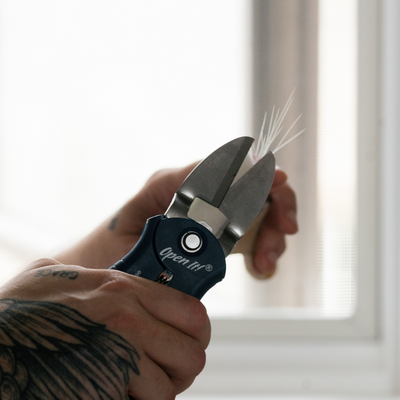

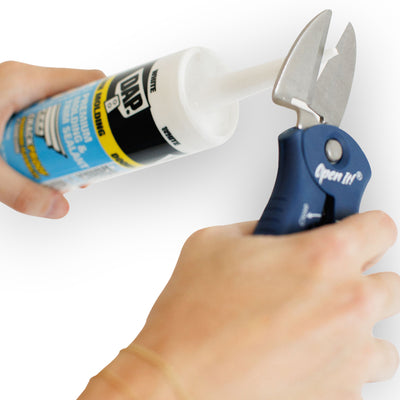
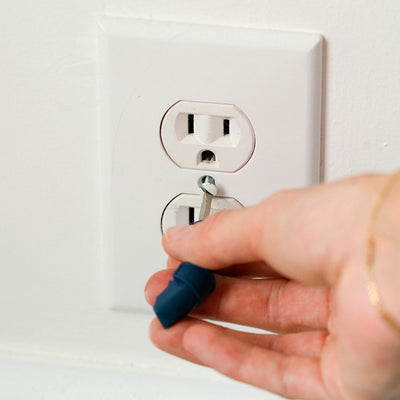
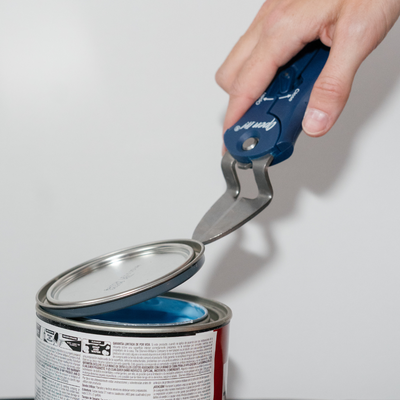
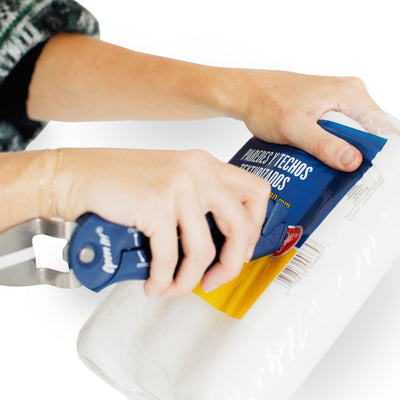



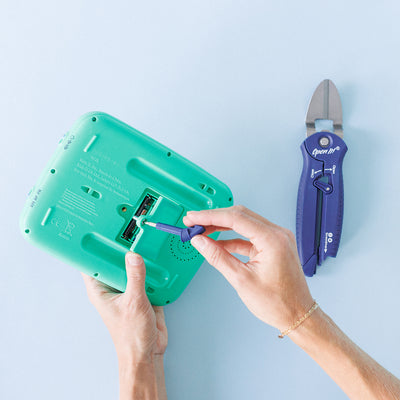

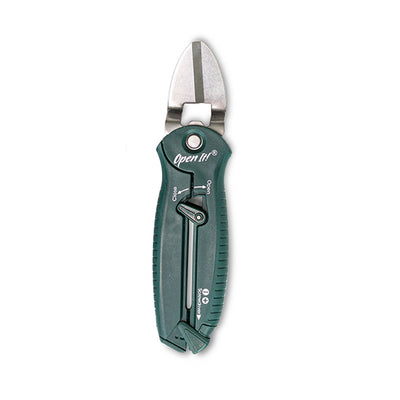
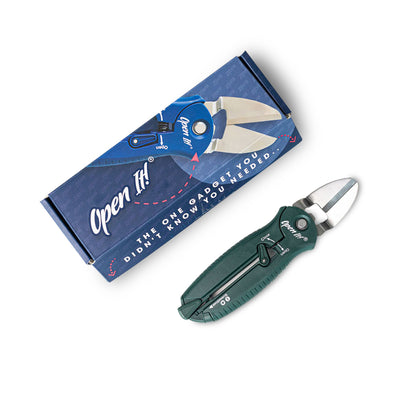
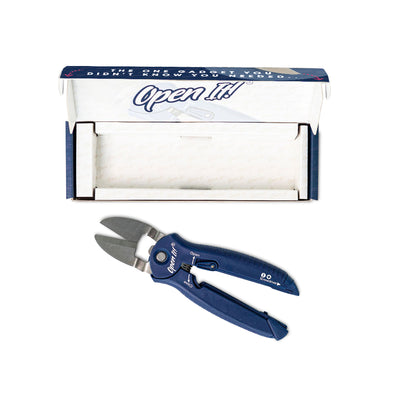


Earn 18 points on this purchase! Learn more
When people are renovating their abodes, they often think of painting the walls and/or furniture. But what about the ceiling? While you may not notice it as often, the color of the ceiling can change the entire atmosphere of a room.
Written by: Christie Simon


Painting a ceiling poses quite the challenge. You must be careful to keep your paint away from the trim and walls below. And what happens when you add a popcorn texture to the mix? Also known as cottage cheese or stucco ceilings, these surfaces are full of raised ridges that create challenges when painting.
If you’re ambitious enough to take this project on yourself, don’t worry—we’ve put together a few painting tips that will come in handy:
Every beautiful paint job starts with a well-prepped surface. One that’s free from cracks, water damage, or flaking layers of old paint will ensure you achieve a smooth surface when you’re finished.
If the ceiling is already damaged, adding a coat of paint will only go so far. What should you do if the ceiling requires repairs before you get to work? The answer depends on what year the texture was applied.
If you live in an older abode, there may be asbestos in your popcorn ceiling. In general, if it was built before 1980, asbestos may have been used. We recommend working with a professional to repair your ceiling safely before you start painting it.
Prepping before painting saves you more work later on. Paint will only exaggerate existing imperfections, so be sure to perform any necessary repairs before you get started.

Before you break out that bucket of paint, remember that you’ll be working with a ceiling instead of a regular wall. As such, you’ll need to protect everything else in the room. You don’t want to spend time fixing paint splatters on other surfaces once you’re done with the ceiling.
If you’re heavy-handed when applying paint, it may drip down onto the surfaces below. Remove all the furniture that you can from the room, and cover the floor with drop cloths.
Next, apply painter’s tape near the edges of the ceiling. Try to paint as accurately as possible to prevent the paint from dripping and/or seeping through.
When you’re transitioning from dark to light colours, a primer helps you blend more easily. It also provides a solid base for the paint to stick to. Some types of paint already have primers mixed into their formulae. Applying a base coat of primer helps to hide any light stains.
Choose a formula that’s consistent with the base paint you’re using—for example, use an oil-based primer with oil-based paint.
We’ve all been tempted by the inexpensive brushes. But a brush that’s designed specifically for textured surfaces is your best bet. Using a brush with a heavy packout of bristles will ensure coverage in all those hard-to-reach crevices in a popcorn ceiling. Try the Chiseled Wedge paintbrush or Trim paintbrushes for great coverage and easy painting!
A roller is useful for large surface areas, but not for coating small indents. Using a brush that’s too abrasive and firm means you’ll risk damaging the popcorn texture. Stick to bristles that are soft and flexible instead.
We recommend sticking with flat instead of glossy paint. A ceiling with too much sheen draws unnecessary attention. Unless you really want to emphasize the popcorn texture, stick to matte paint.
As for the paint itself, a thinner consistency will work best. If the paint is too thick, it won’t spread easily over the popcorn texture. Latex and acrylic paints may need to be thinned out with water. At your local paint shop, look for paints designed for use on ceilings.
You should also consider the type of room that you’re painting. Areas like the kitchen or loo are significantly more humid than a bedroom or salon. In these places, use paint that has moisture-resistant properties to prevent the growth of mould or mildew.
Trying to calculate how much paint you’ll need? A popcorn ceiling is different from a typical wall. Its raised texture gives it additional surface area, so account for that when you’re making your estimate.
Like any paint, the colour of your ceiling will fade over time. A bright white may become yellowed. Even if the paint is in good shape, you just might be ready for a change of colour—like soft beige or a light blue.
Regardless of the colour you choose, it’s no easy task to paint a popcorn ceiling. The above tips can help your DIY paint project go smoothly.
Zibra makes it simple to find the answers you need and the inspiration to tackle that next home improvement paint project. For more helpful articles like how to paint windows, visit the Zibra How-To-Series. There, you’ll find out the easiest way to do pretty much anything paint-related, like How to Get Paint Out of Clothes, How to Paint Stair Railings, even How to Paint Kitchen Cabinets for an affordable kitchen transformation done right!
 How-to Series
How-to Series
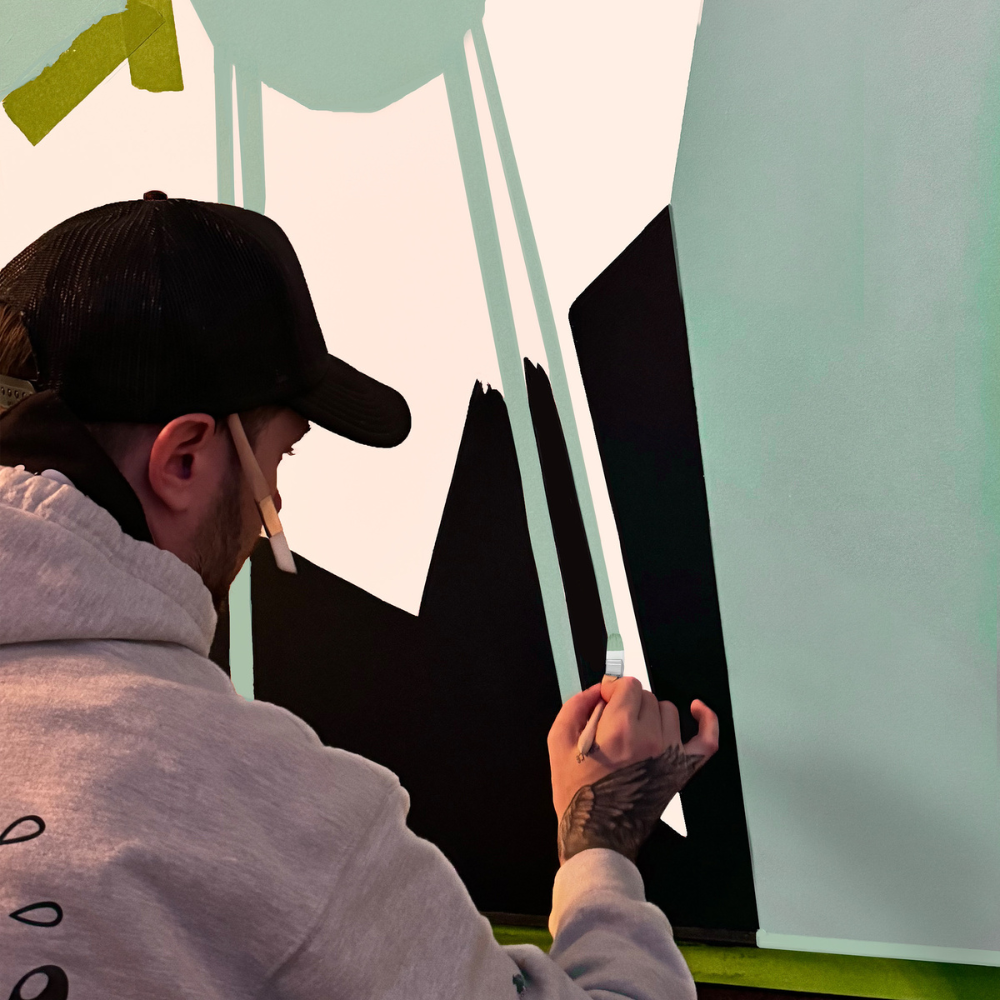 How-to Series
How-to Series
This month, we put a spotlight on Kyle Mosher, a Charlotte, NC-based artist who expertly bridges fine art traditions with contemporary culture.
 How-to Series
How-to Series
 How-to Series
How-to Series
@charliefrenchfineart is taking over our blog and weighing in on his favorite brushes. Can you guess which ones are his favs?
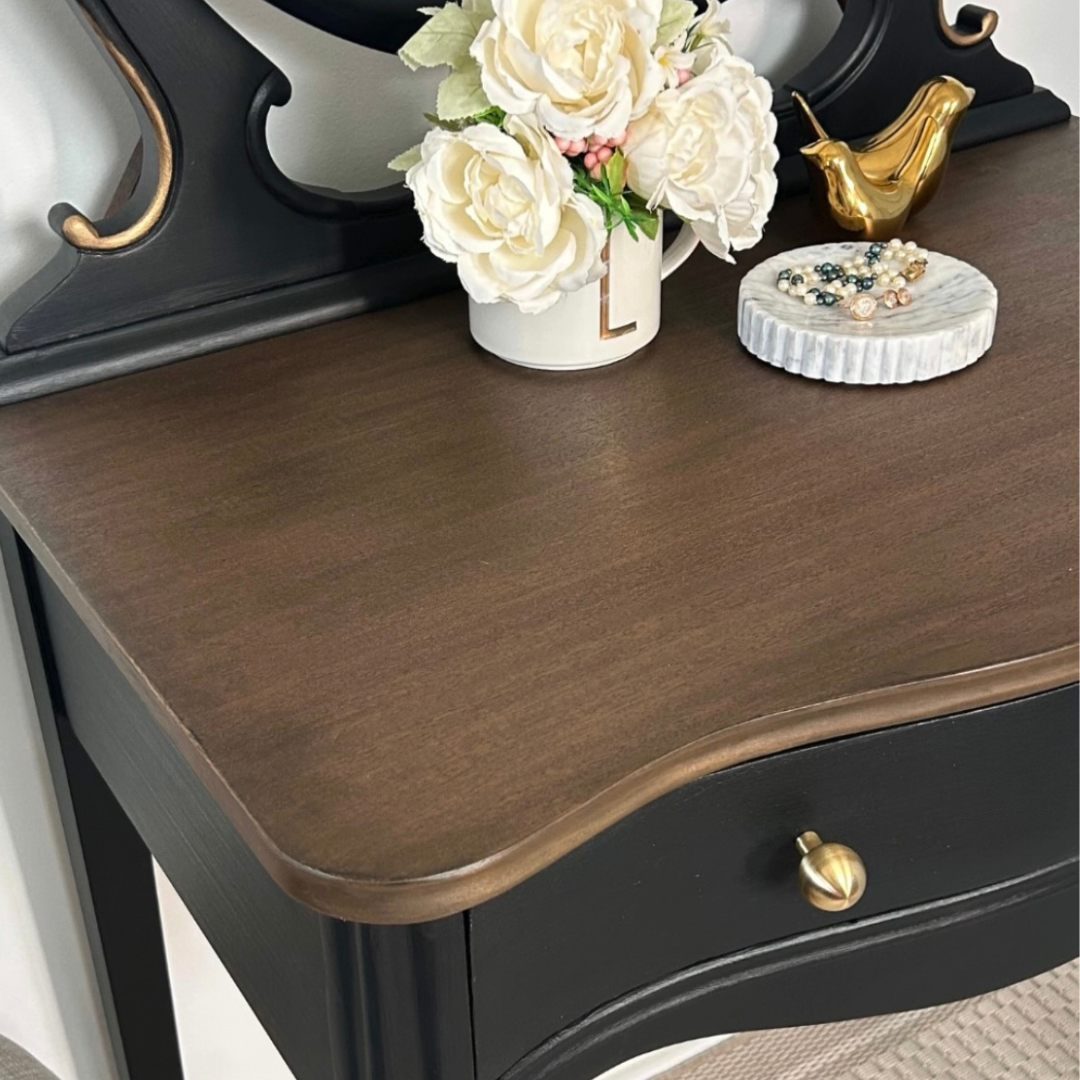 How-to Series
How-to Series
Furniture refinisher, Lisa Pelow is taking over our blog and giving us her favorite go-to paint brushes for painting furniture. Enjoy!
"its like taking your first bite of a meal and it tastes better than expected"
"hands down the best brushes!!"
"its honestly unreal how much better your brushes are"
"love my zibra brushes!!! these babies glide like no other"
Welcome to our quiz!
Let us find the perfect product for you
Great! Let us help you narrow it down.What kind of things will you be painting?
Based on your answers, we recommend:
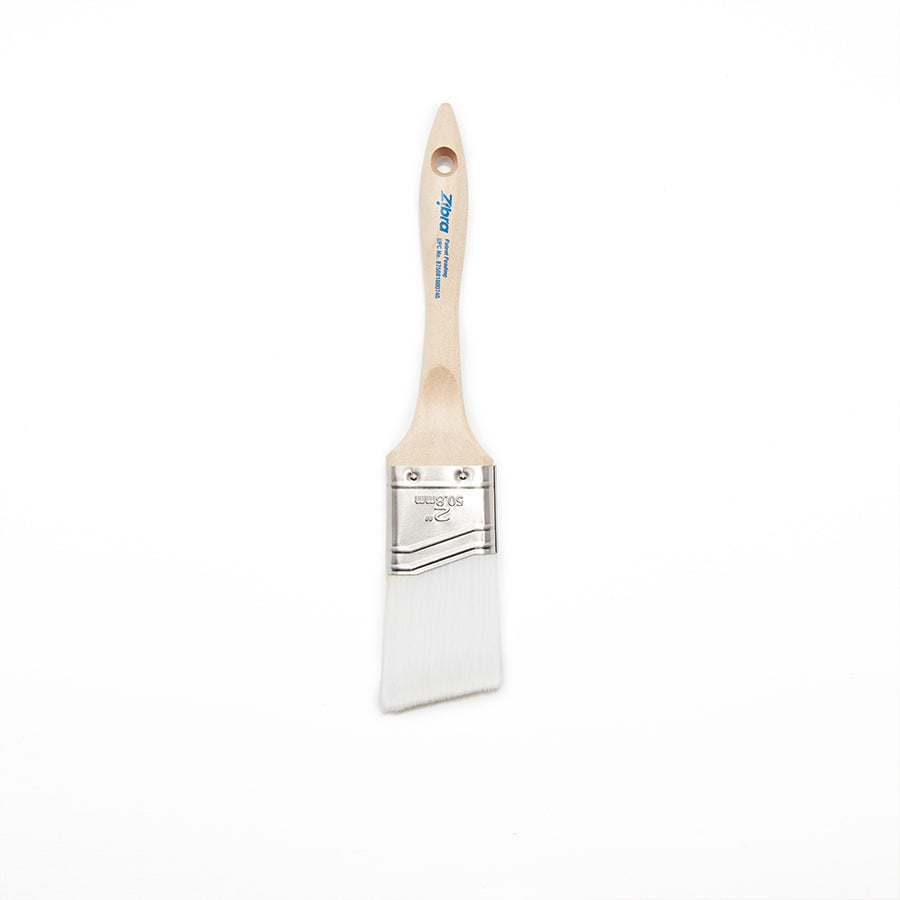
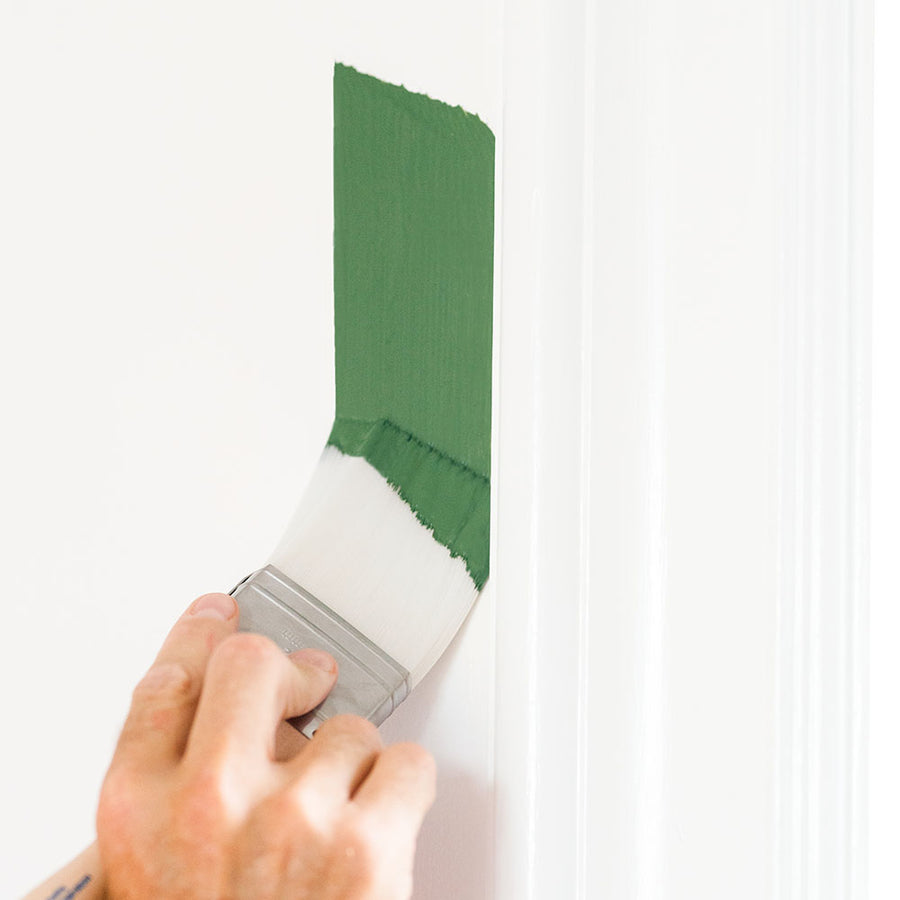
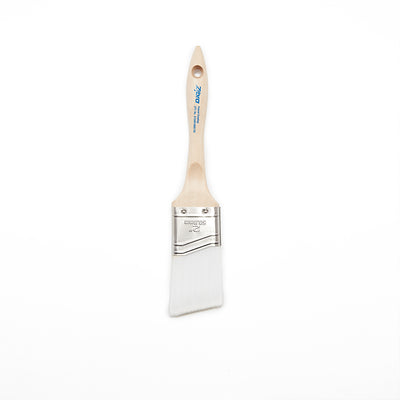
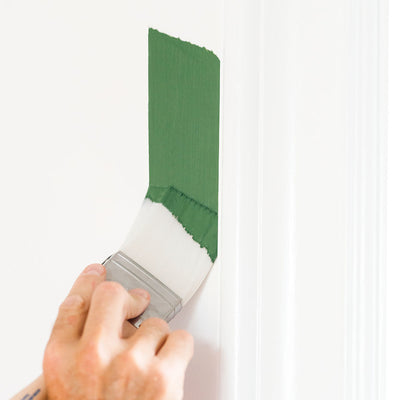
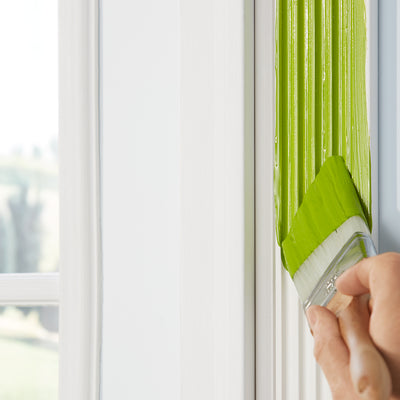
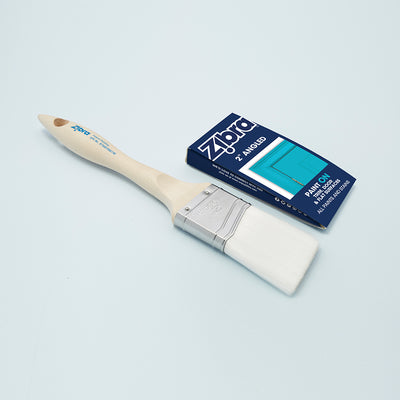

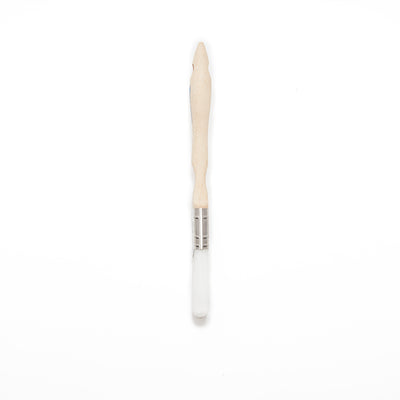
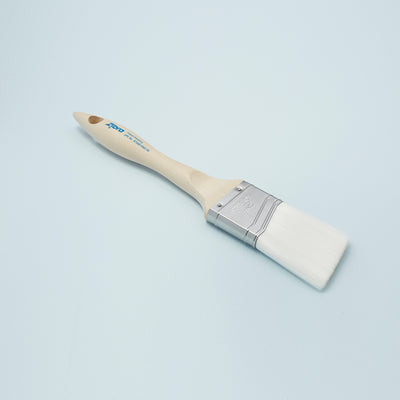
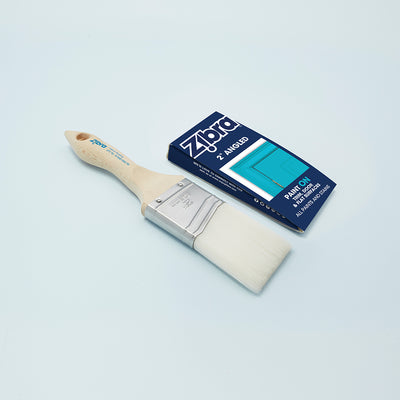
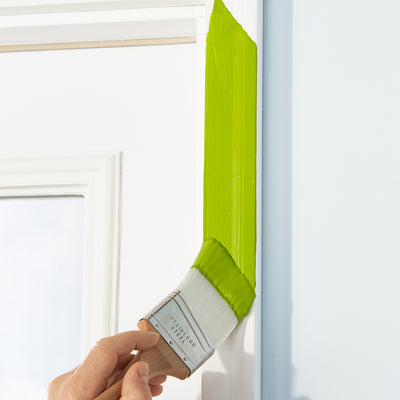
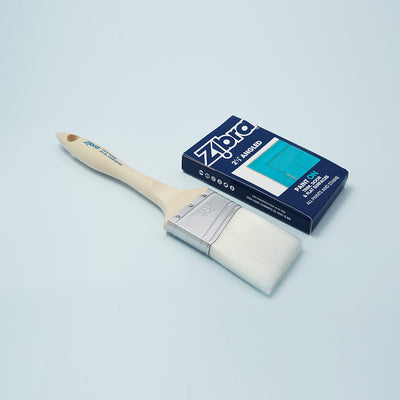
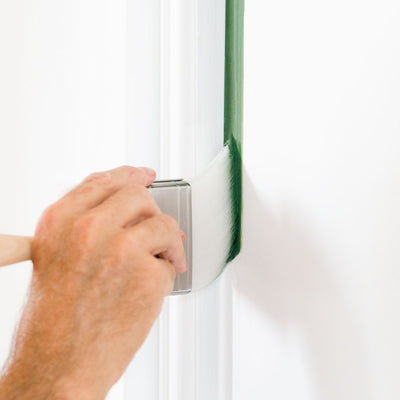
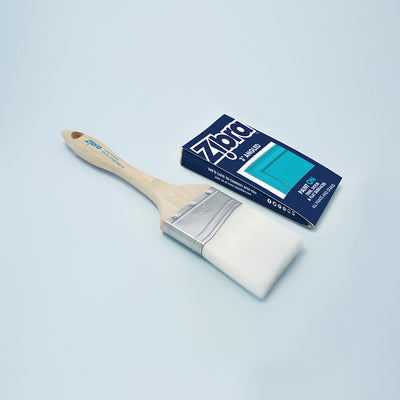
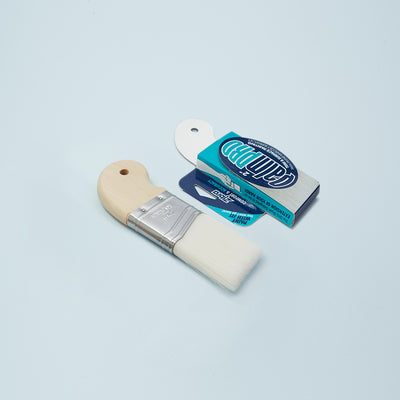
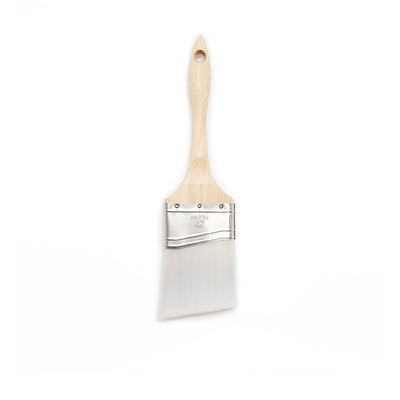
Earn 11 points on this purchase! Learn more
Painting ON trim around doors, windows, baseboards & ceilings
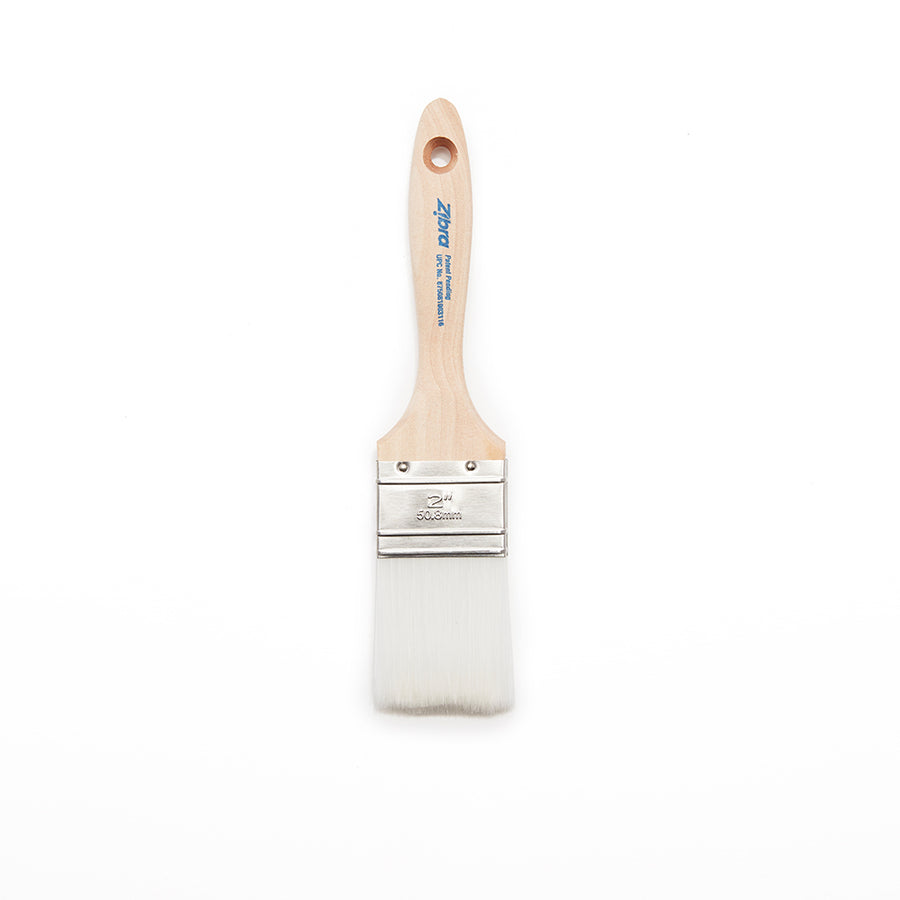
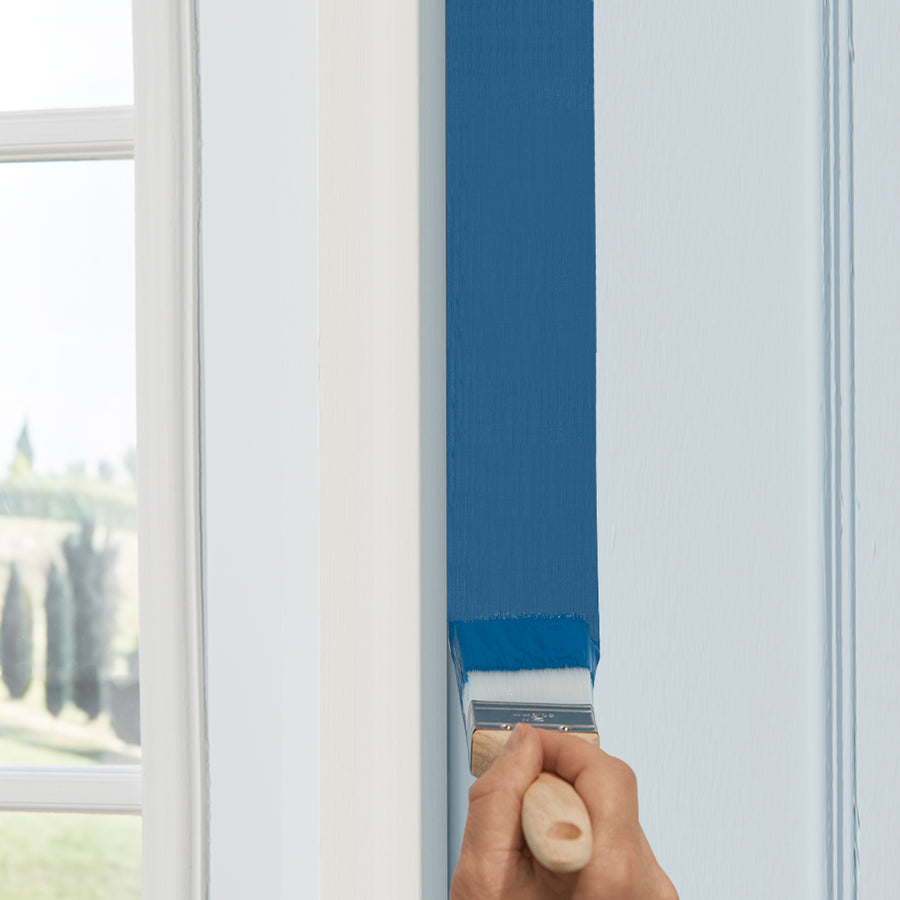
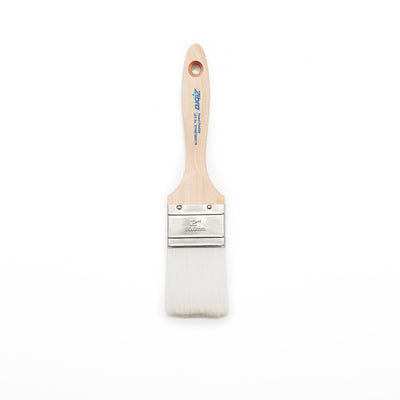
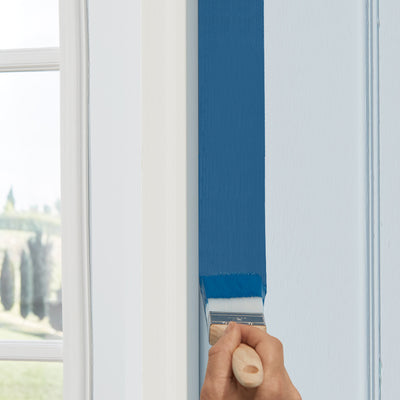
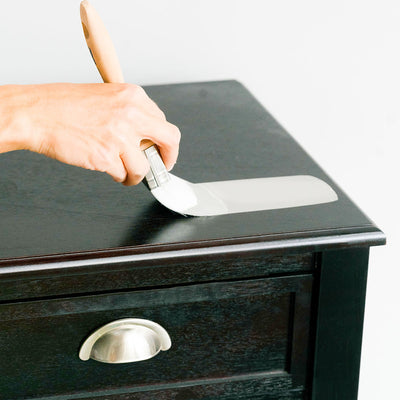
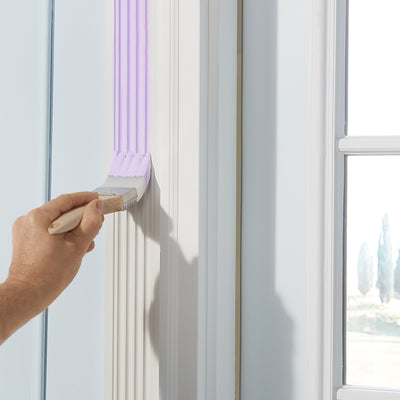
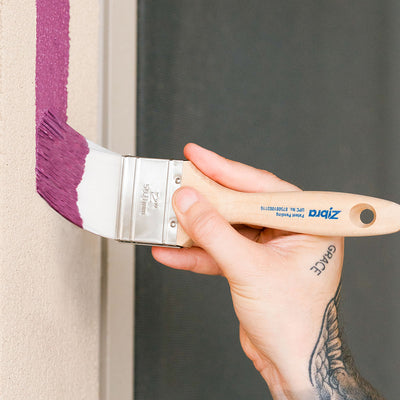
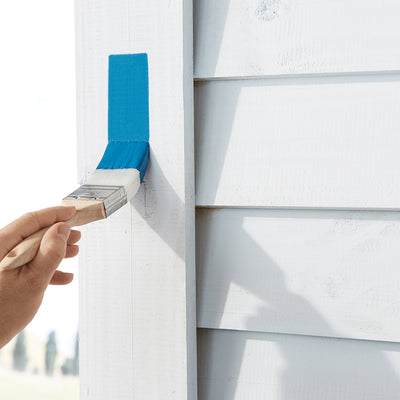
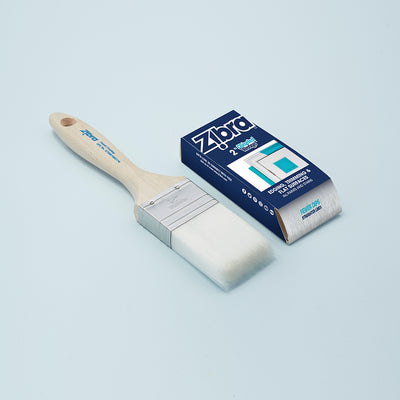
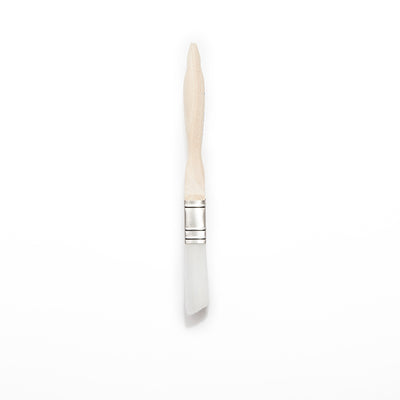
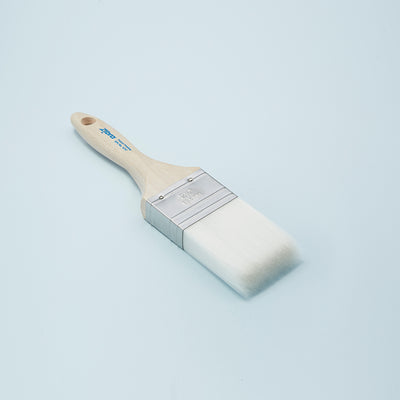
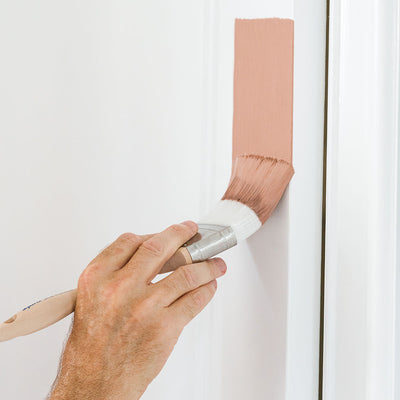
Earn 13 points on this purchase! Learn more
Combination flat and angled head guarantees maximum paint load for long runs
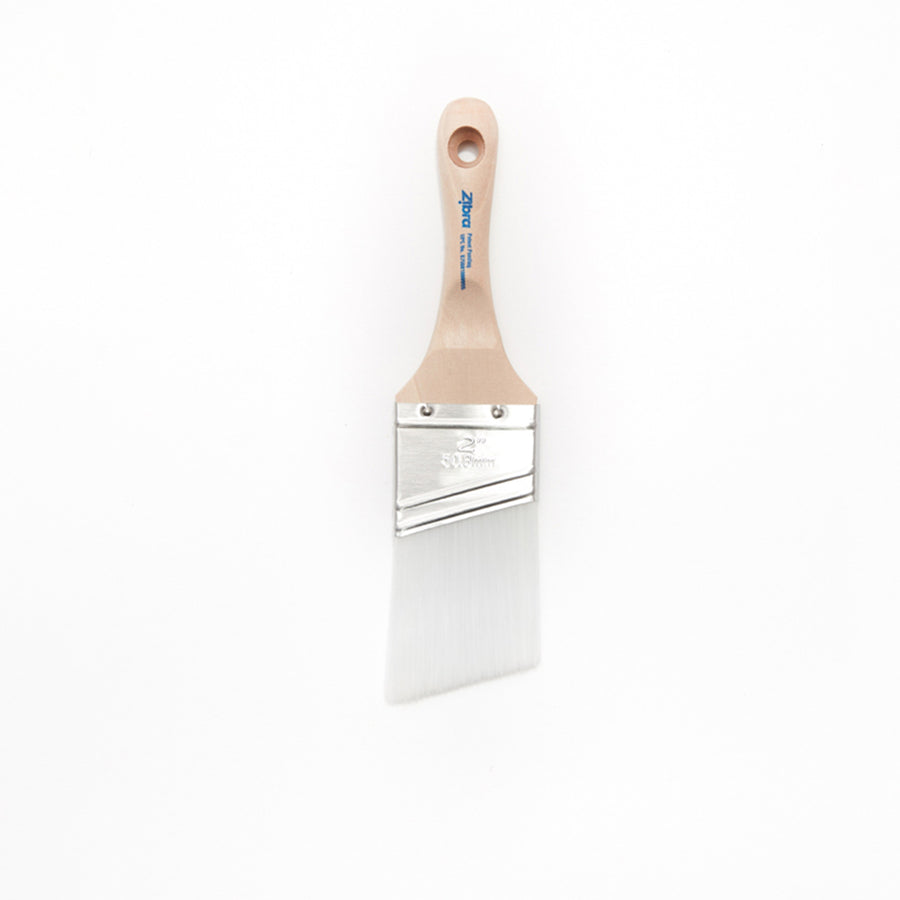
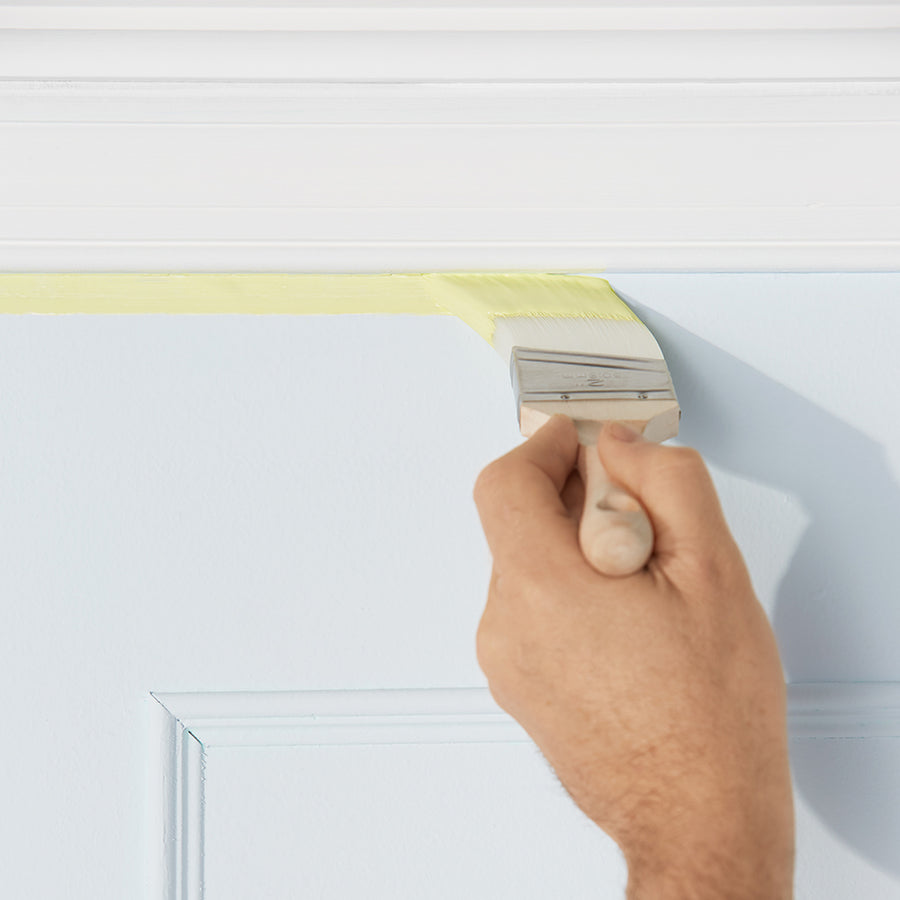
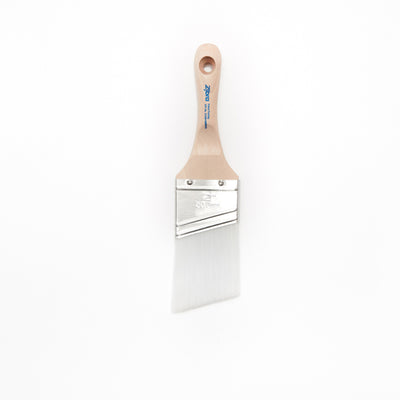
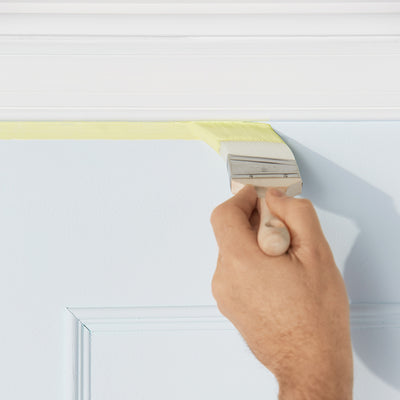
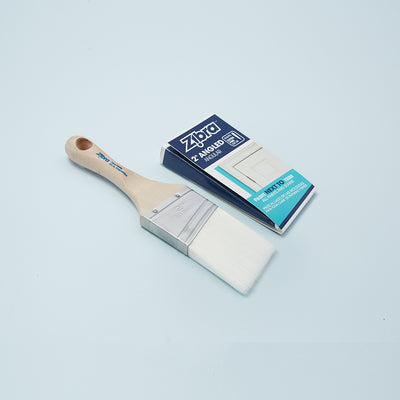
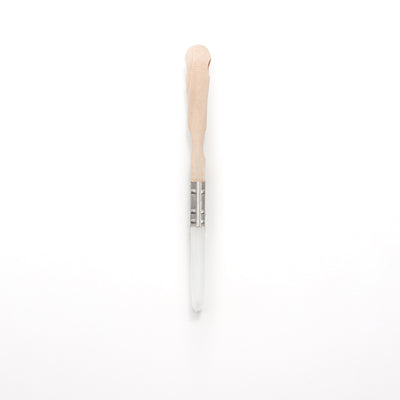
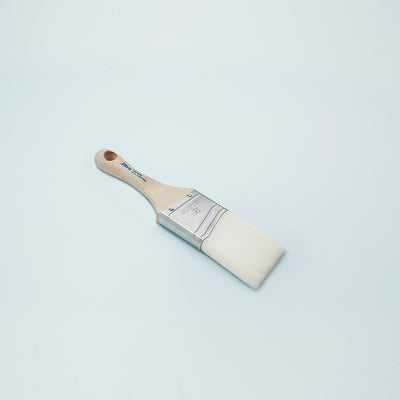
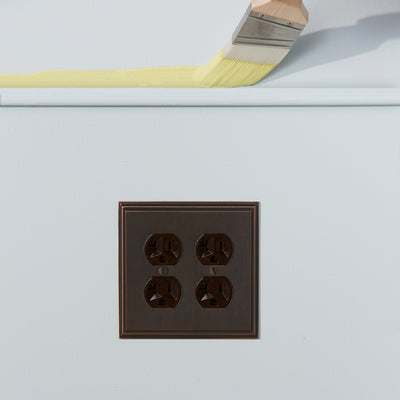
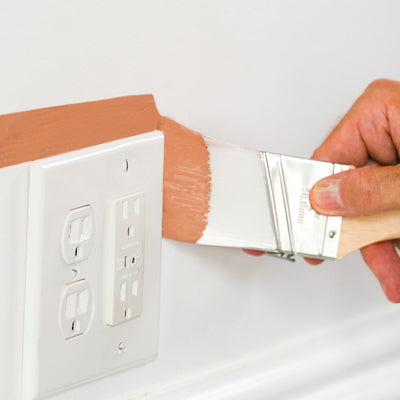
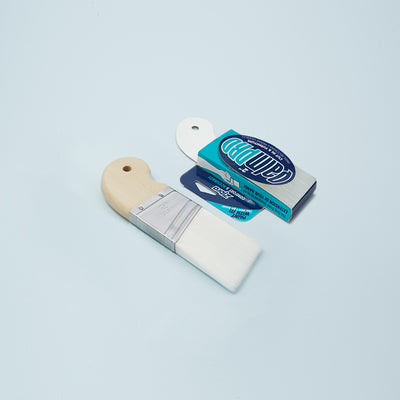
Earn 11 points on this purchase! Learn more
Ideal for painting NEXT to trim where exact lines and precision control is needed
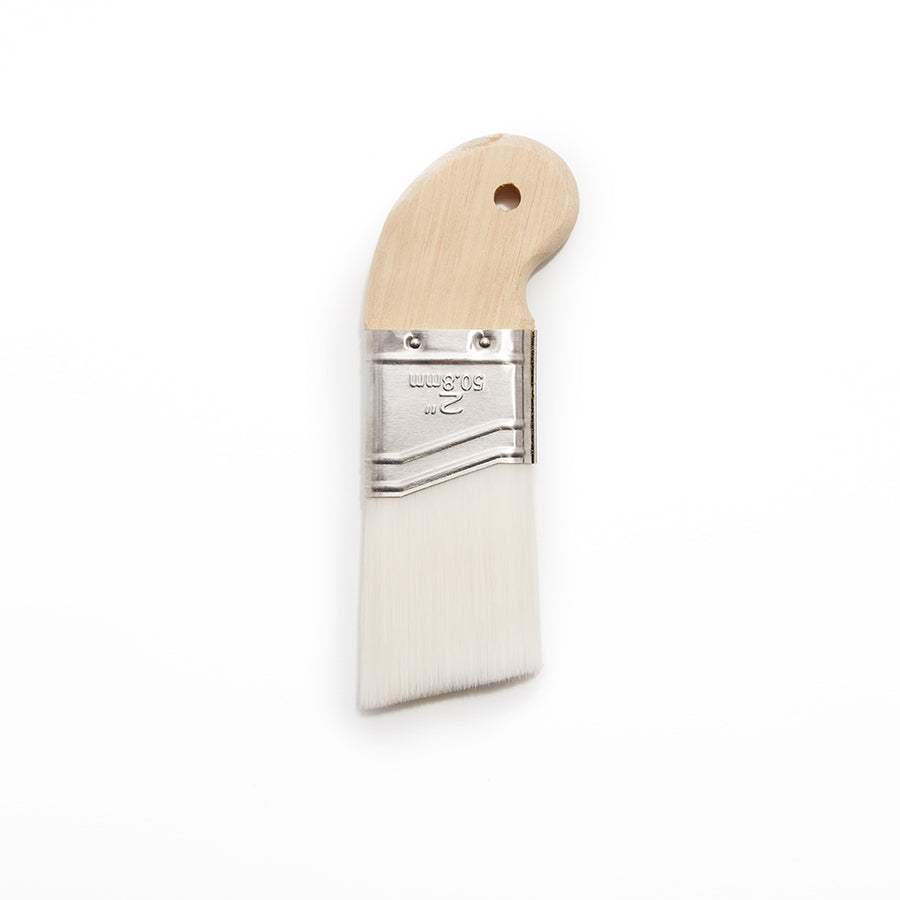
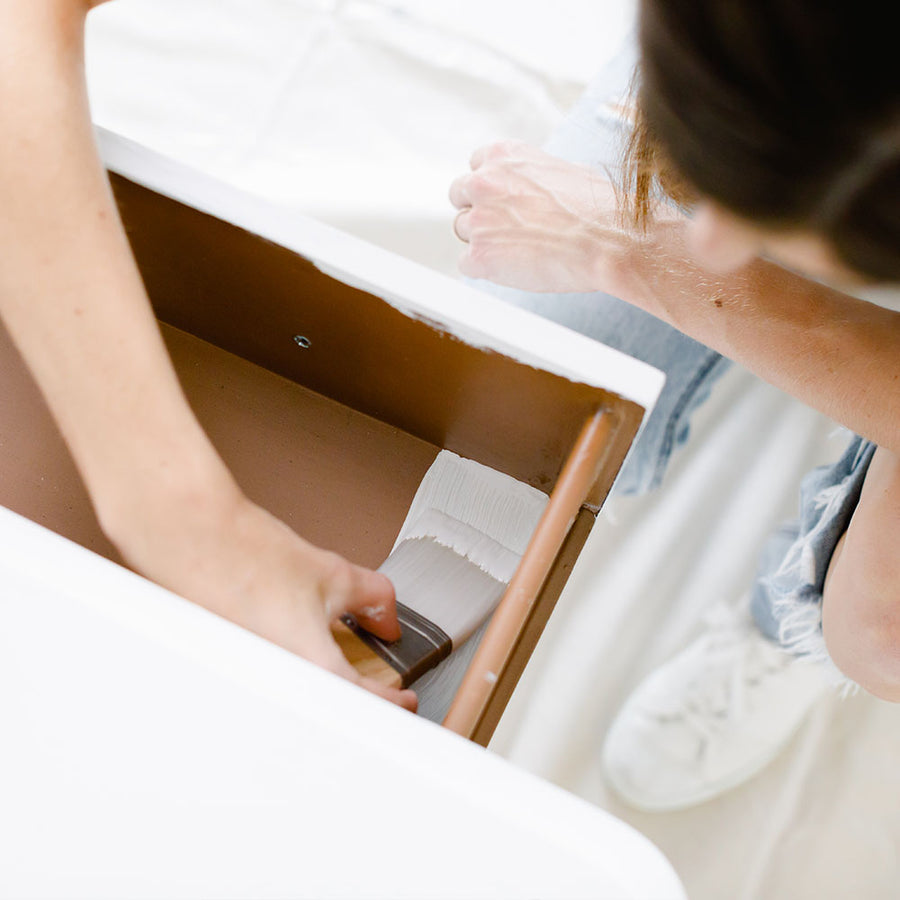
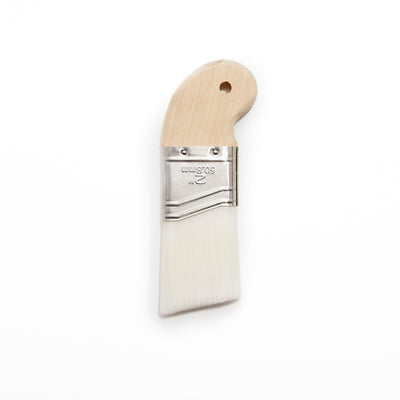
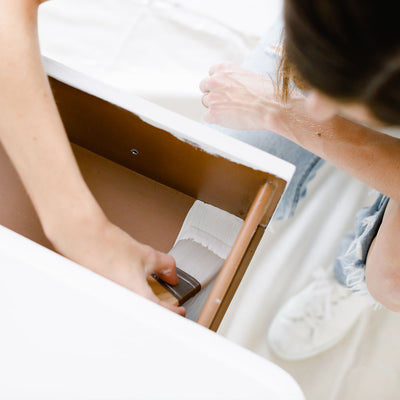
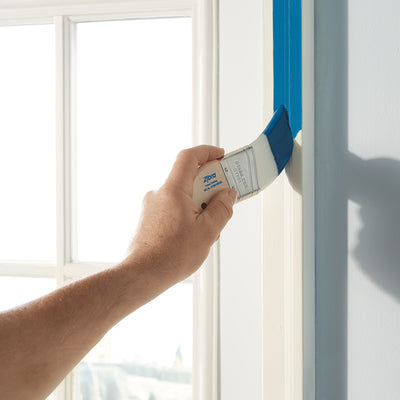

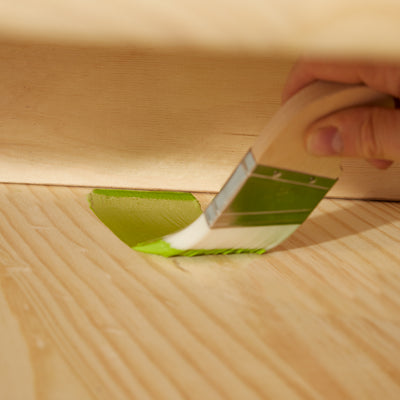
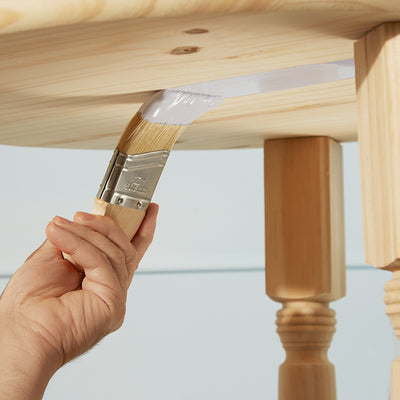
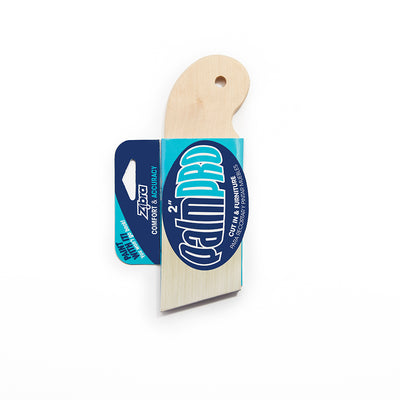
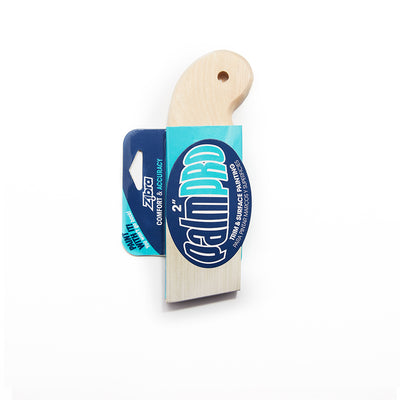
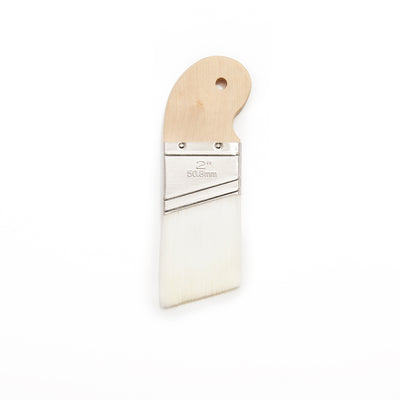
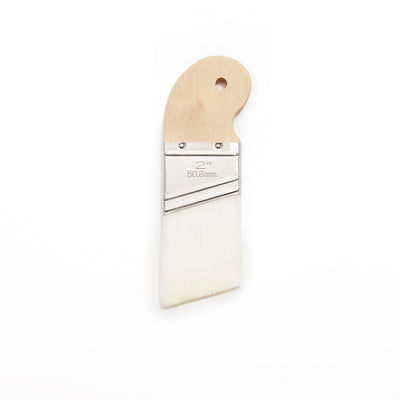
Earn 11 points on this purchase! Learn more
Fits comfortably in the palm of your hand, more comfort and more control especially for tight spaces
















Earn 11 points on this purchase! Learn more
Painting ON trim around doors, windows, baseboards & ceilings












Earn 13 points on this purchase! Learn more
Combination flat and angled head guarantees maximum paint load for long runs
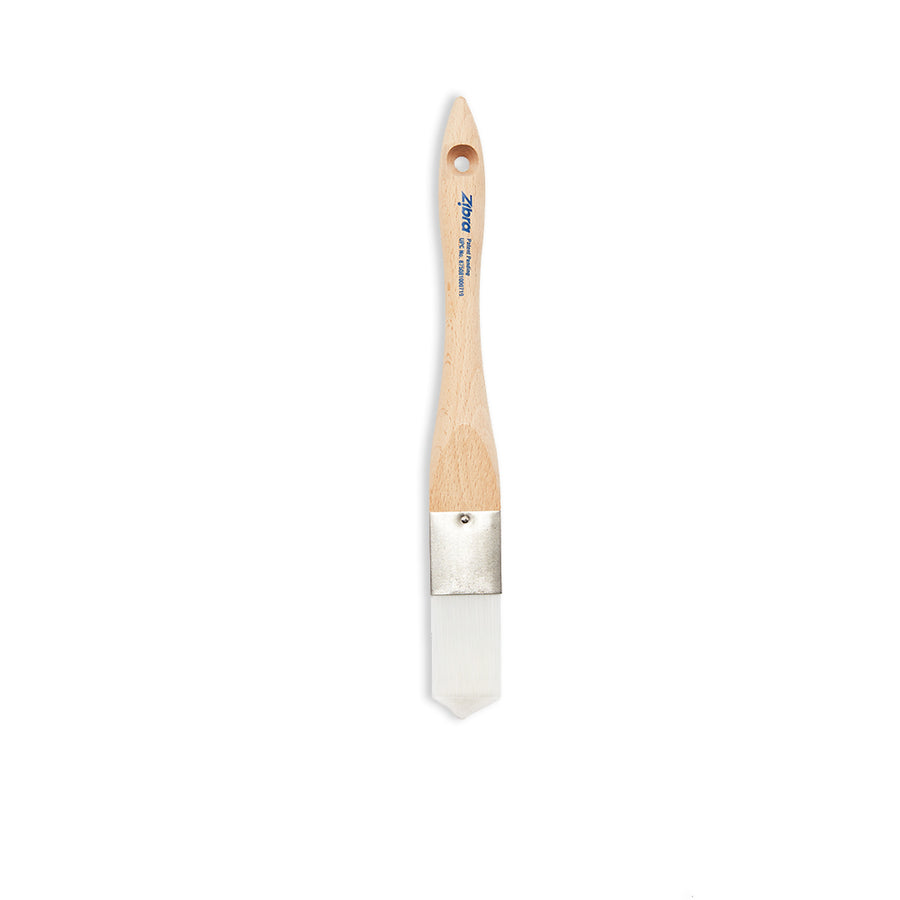
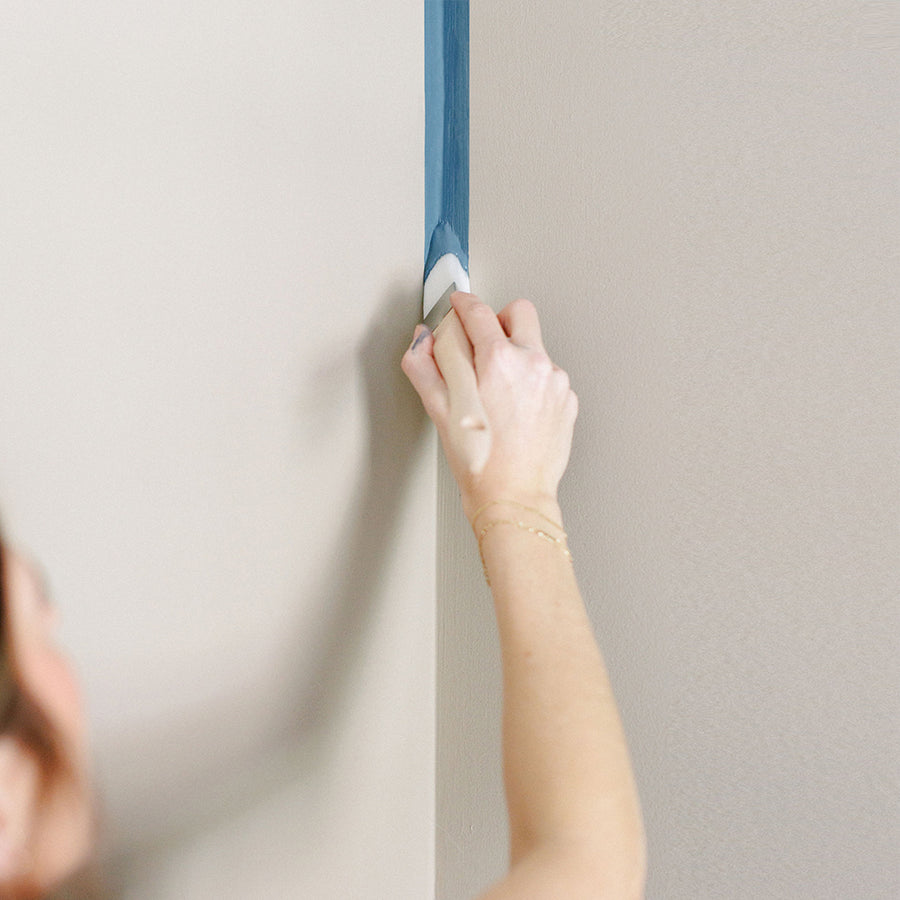
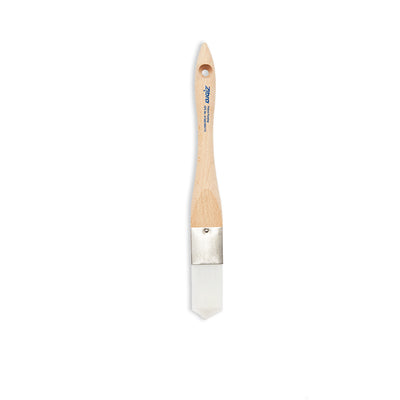
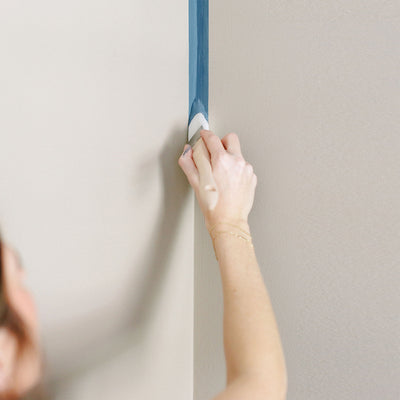
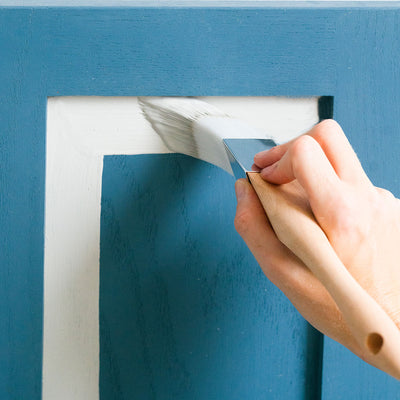
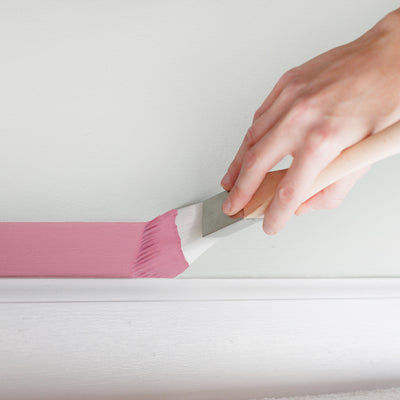
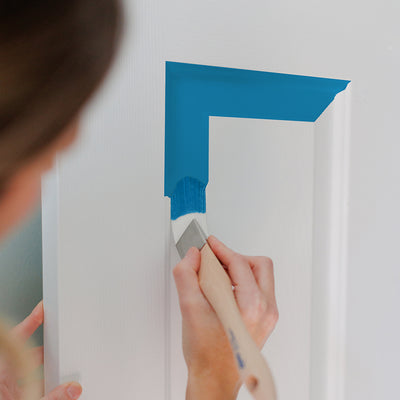
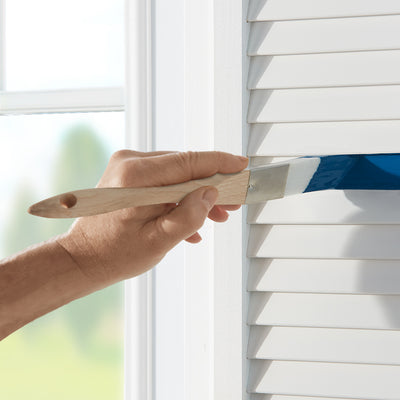
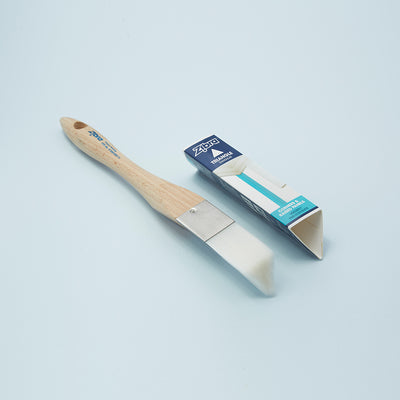
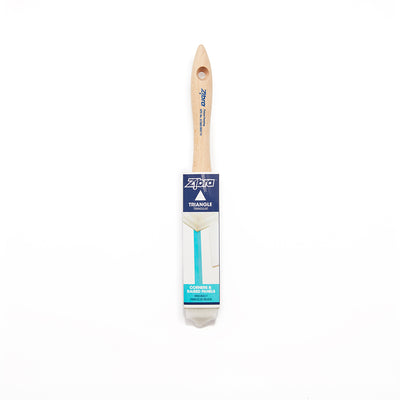
Earn 11 points on this purchase! Learn more
Paints corners with precision & accuracy, great for cutting in next to trim

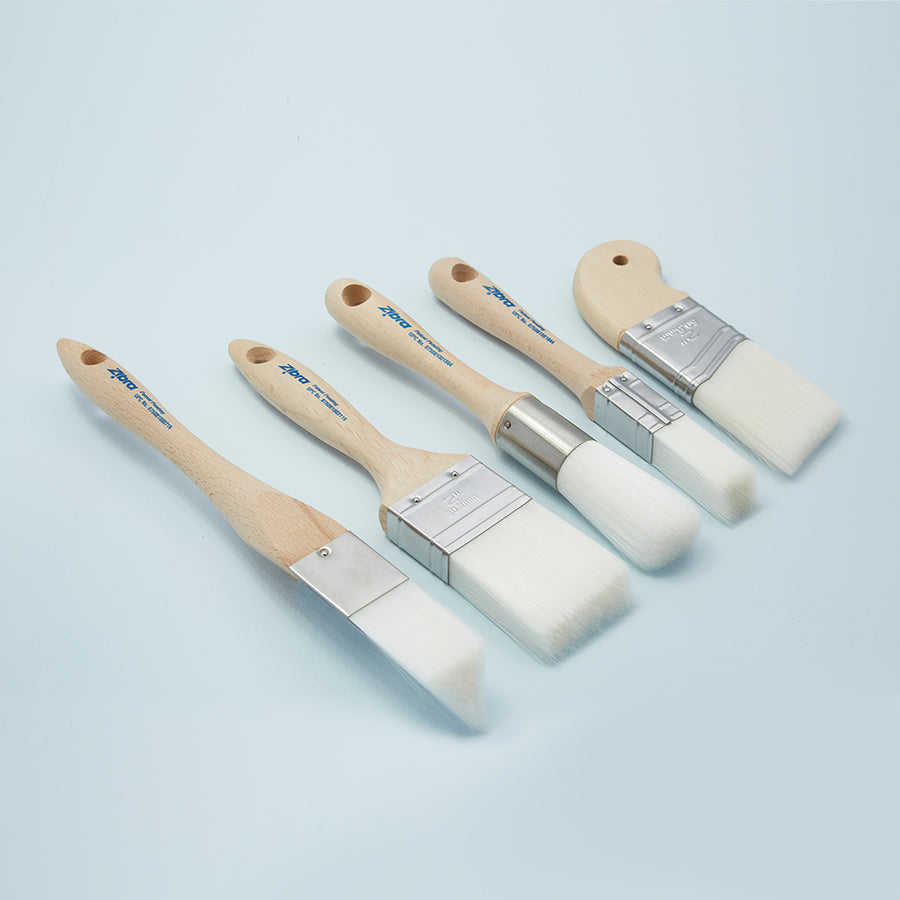

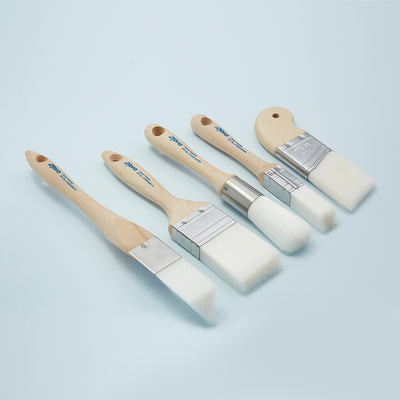
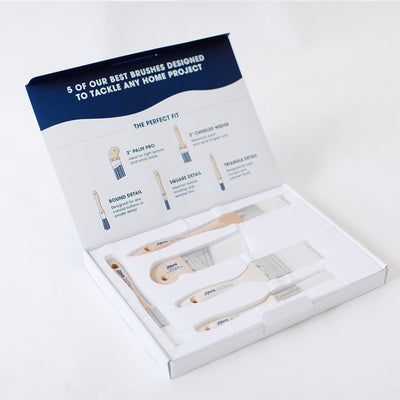

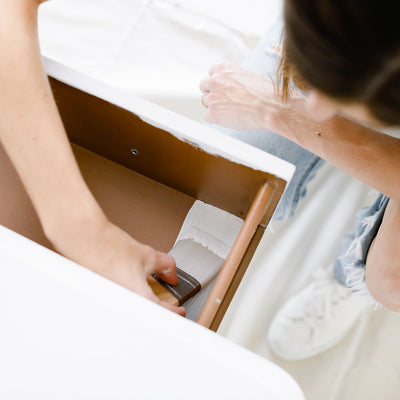
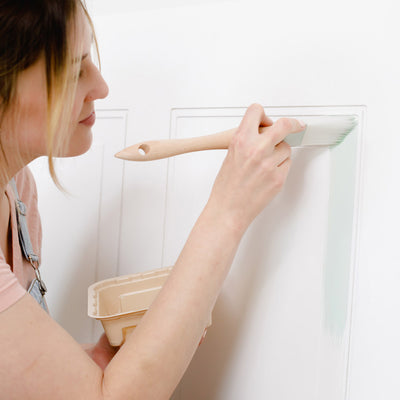
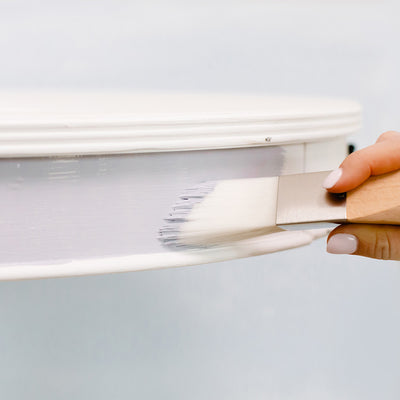

Earn 53 points on this purchase! Learn more
Great for any project in your home: trim, furniture and detail work
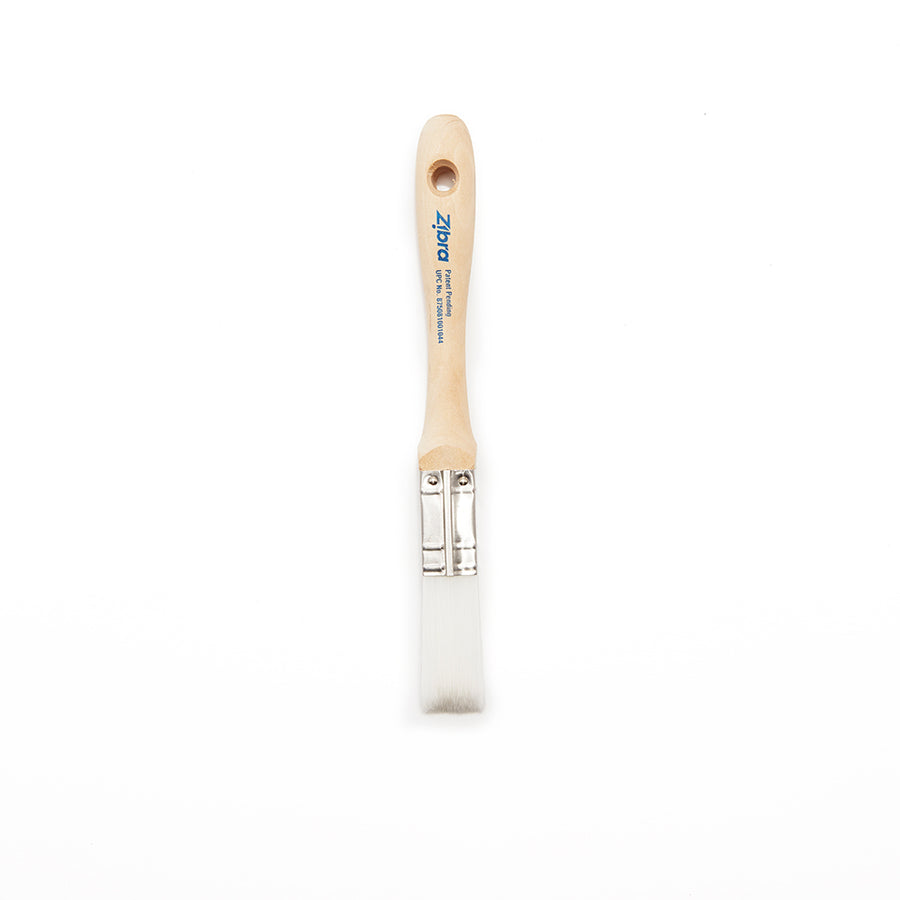
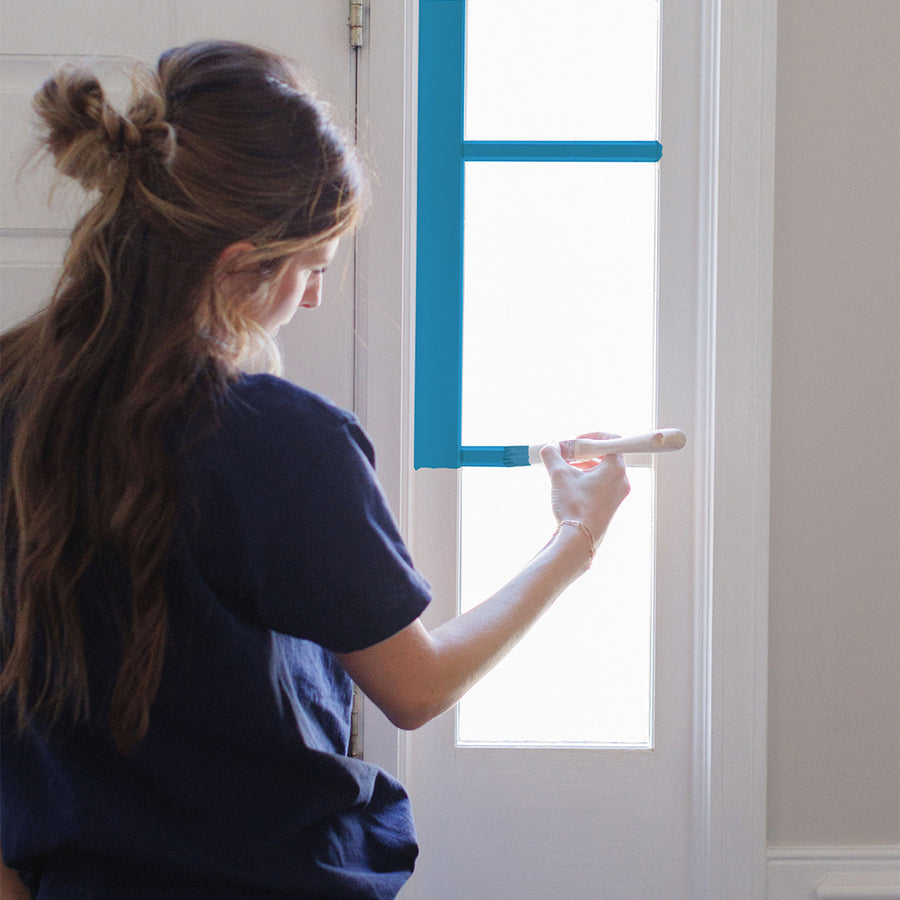
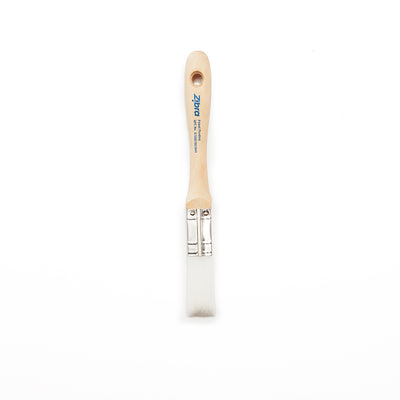
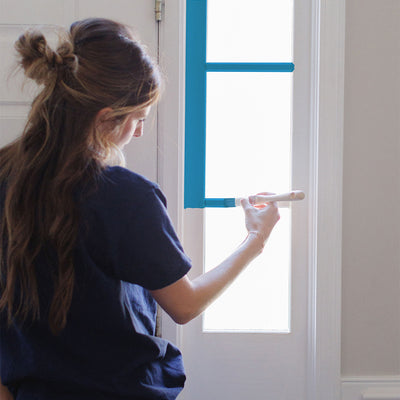
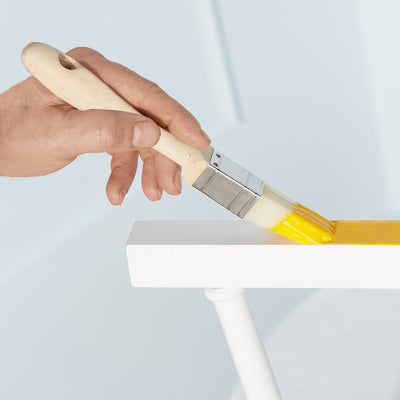

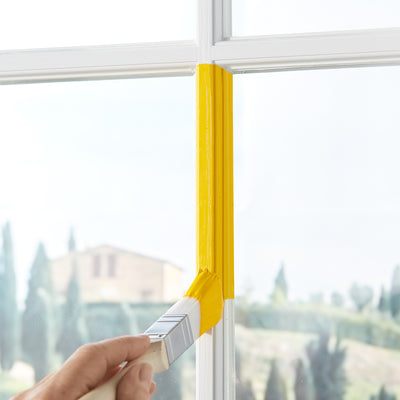
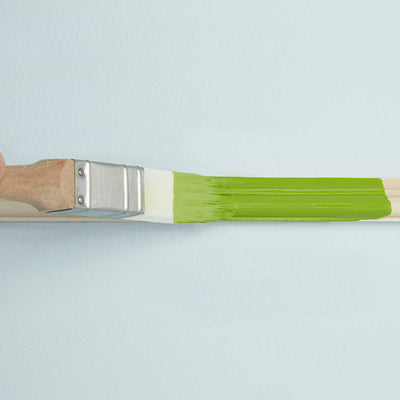
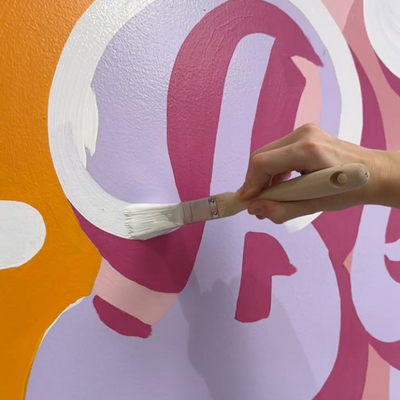
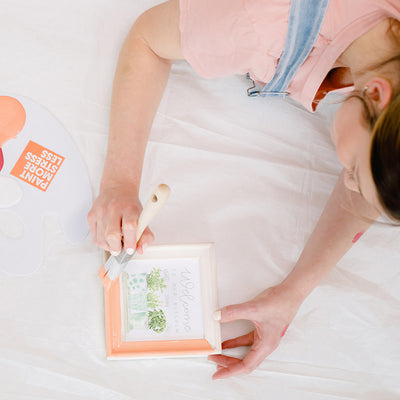
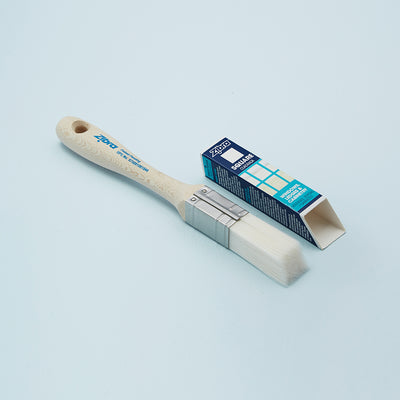
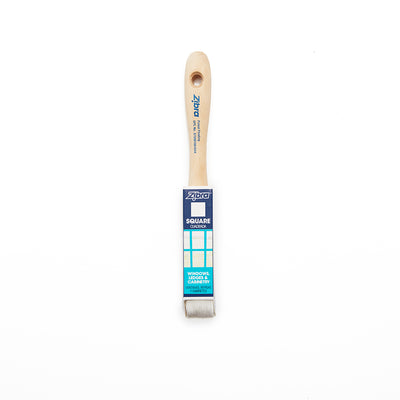
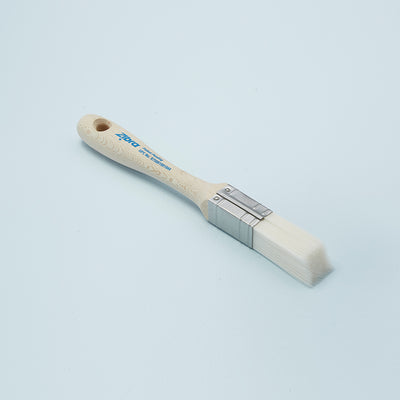
Earn 10 points on this purchase! Learn more
Narrow width with large filament pack out providing smooth finish and fewer dips
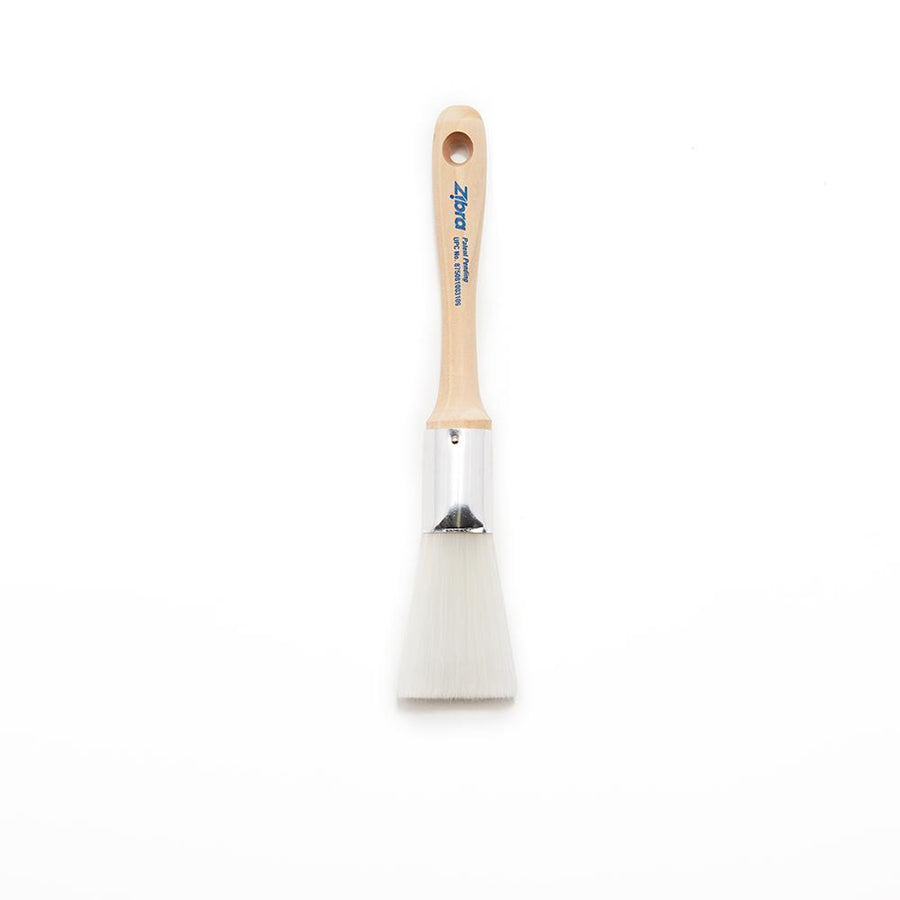
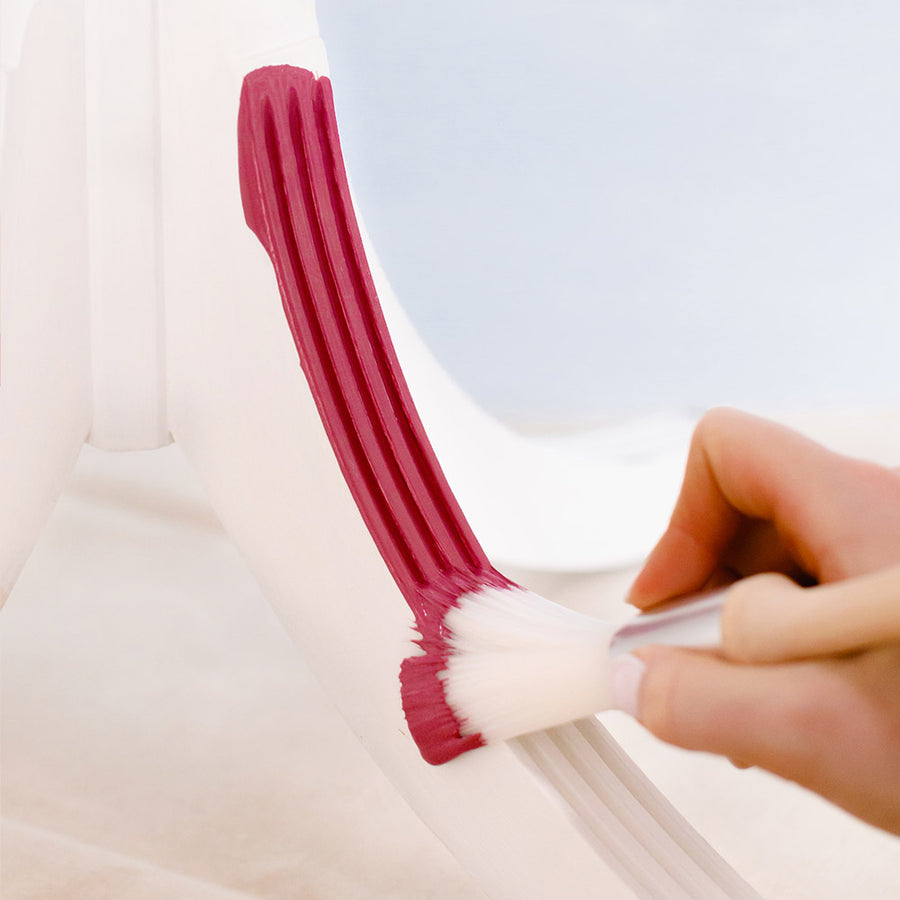
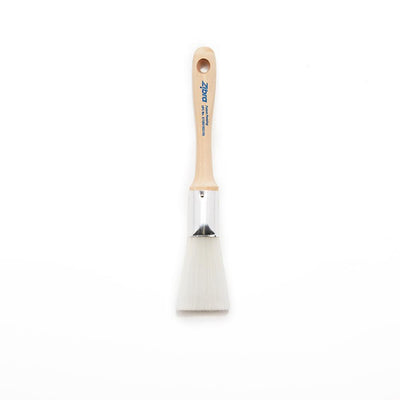
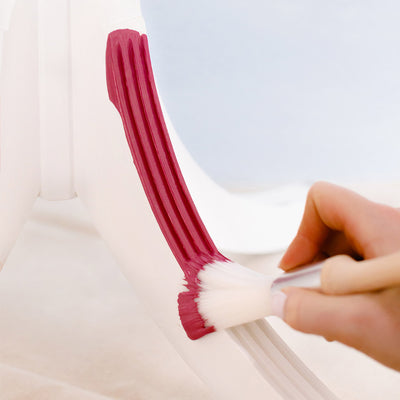
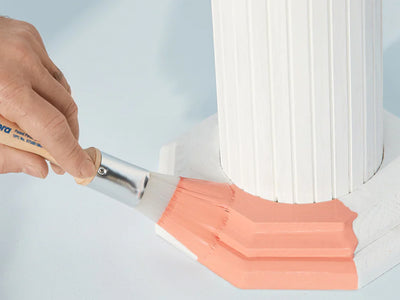
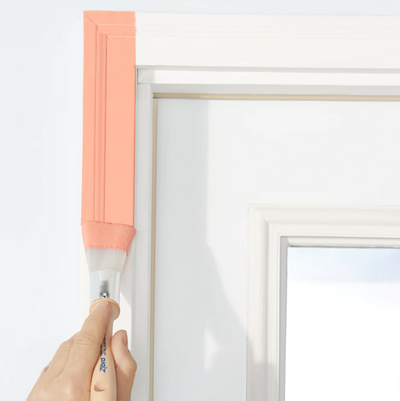
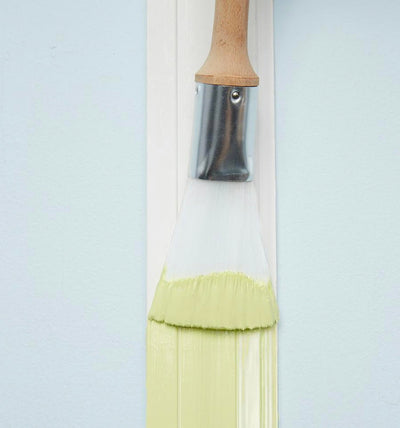
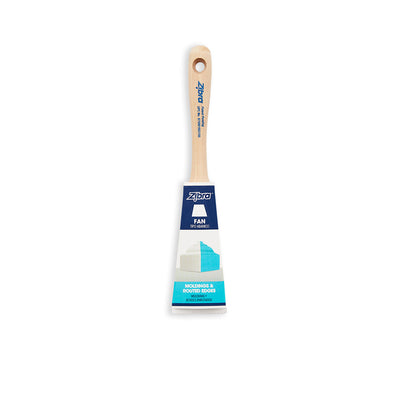
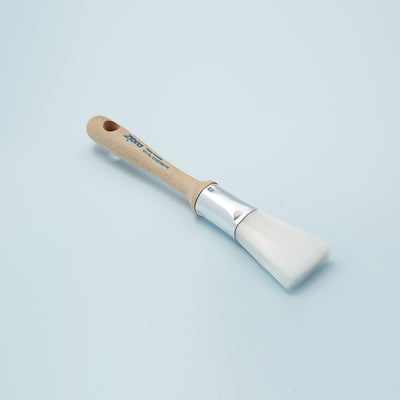
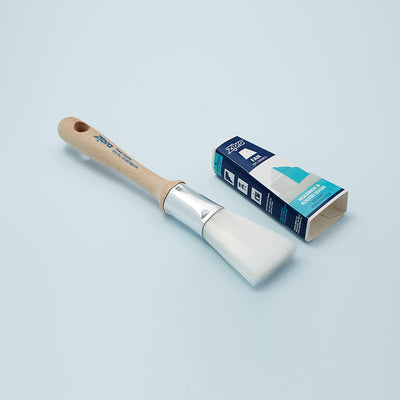
Earn 10 points on this purchase! Learn more
Designed to hug unique shapes & crevices in a multitude of different molding styles
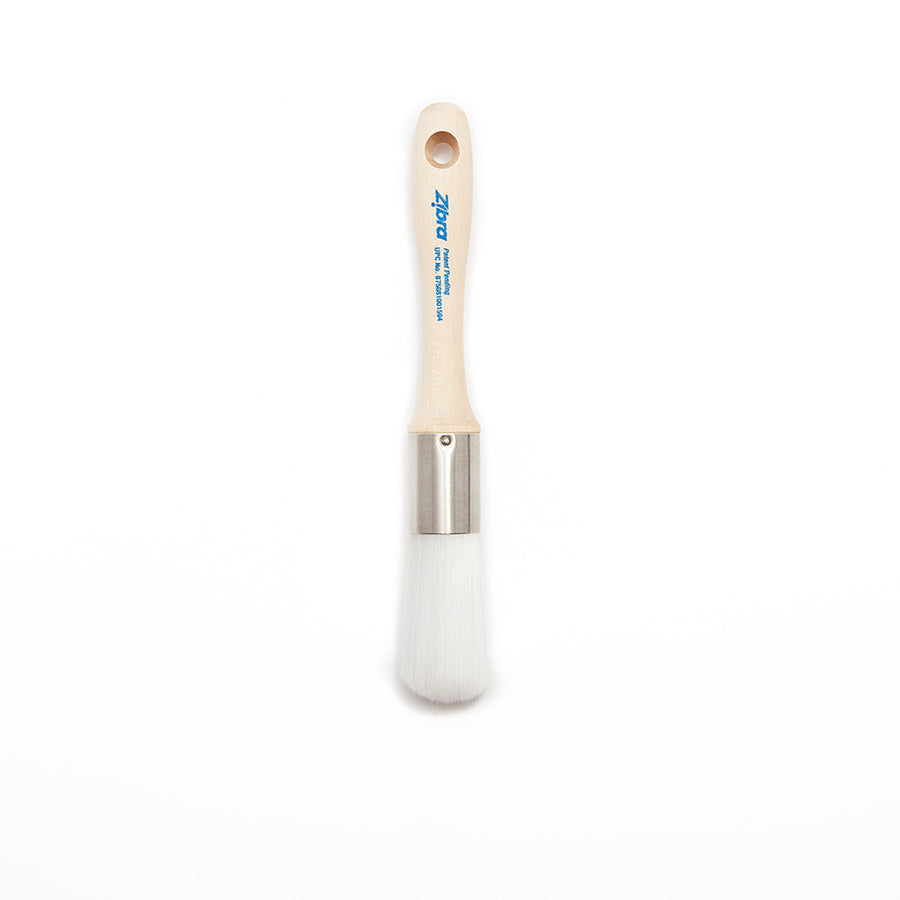
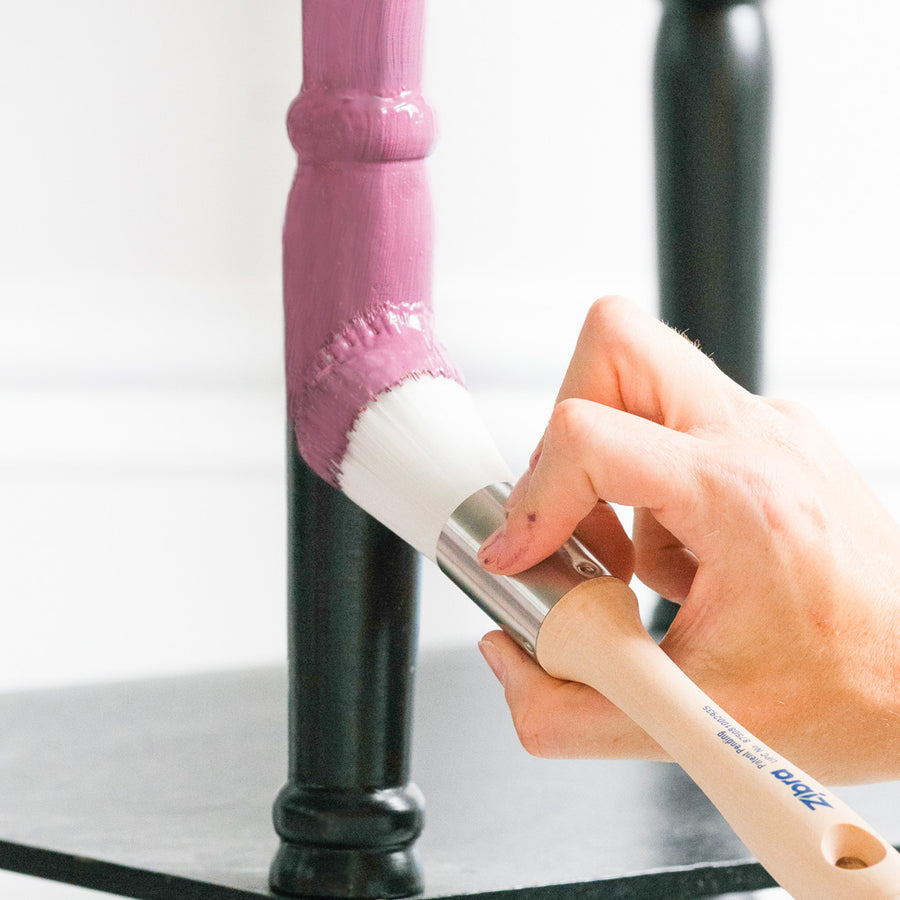
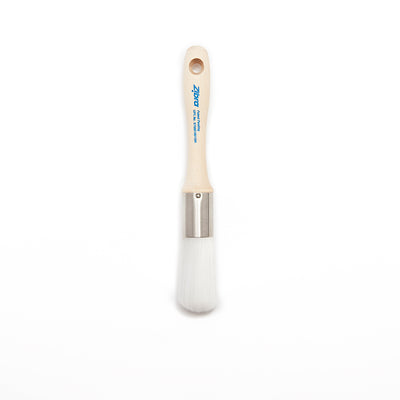
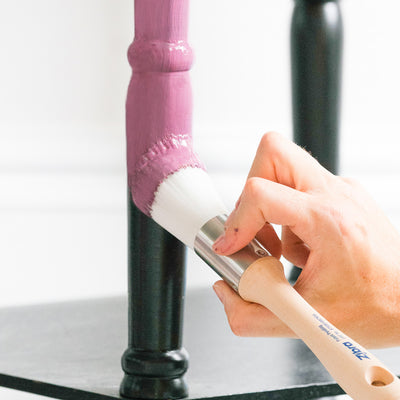
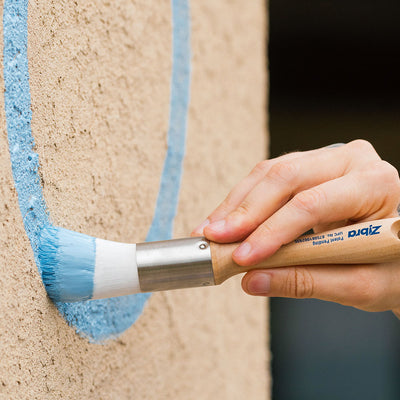
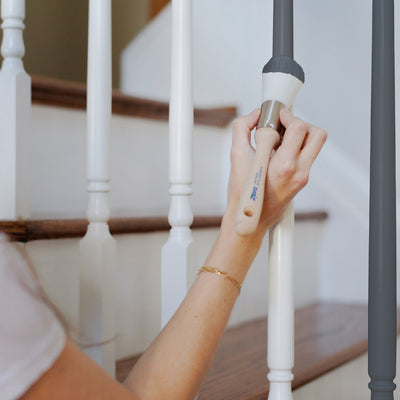
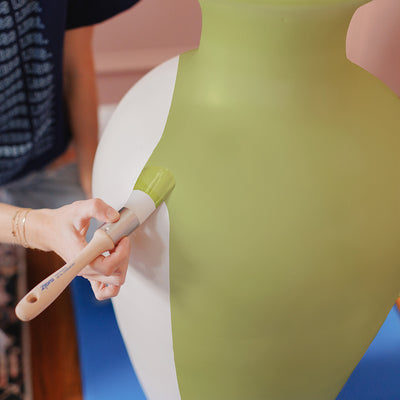
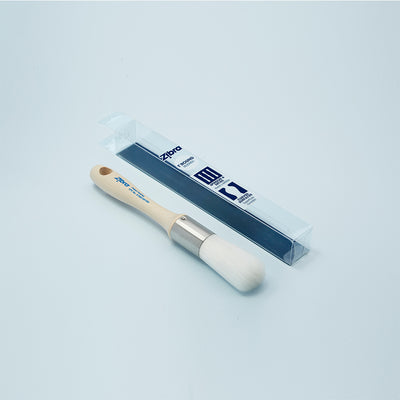
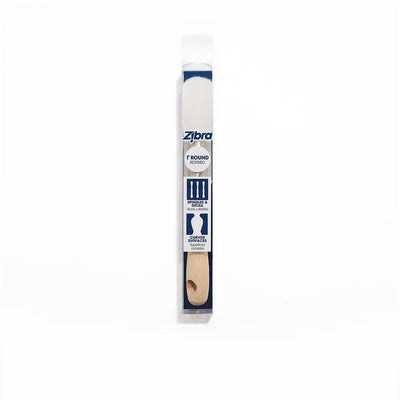
Earn 11 points on this purchase! Learn more
Large pack out for anything round or cylindrical and any ornate details










Earn 10 points on this purchase! Learn more
Designed to hug unique shapes & crevices in a multitude of different molding styles









Earn 11 points on this purchase! Learn more
Large pack out for anything round or cylindrical and any ornate details










Earn 10 points on this purchase! Learn more
Designed to hug unique shapes & crevices in a multitude of different molding styles












Earn 11 points on this purchase! Learn more
Fits comfortably in the palm of your hand, more comfort and more control especially for tight spaces










Earn 11 points on this purchase! Learn more
Ideal for painting NEXT to trim where exact lines and precision control is needed












Earn 13 points on this purchase! Learn more
Combination flat and angled head guarantees maximum paint load for long runs
















Earn 11 points on this purchase! Learn more
Painting ON trim around doors, windows, baseboards & ceilings
















Earn 11 points on this purchase! Learn more
Painting ON trim around doors, windows, baseboards & ceilings












Earn 11 points on this purchase! Learn more
Fits comfortably in the palm of your hand, more comfort and more control especially for tight spaces












Earn 13 points on this purchase! Learn more
Combination flat and angled head guarantees maximum paint load for long runs












Earn 11 points on this purchase! Learn more
Fits comfortably in the palm of your hand, more comfort and more control especially for tight spaces









Earn 11 points on this purchase! Learn more
Large pack out for anything round or cylindrical and any ornate details
















Earn 11 points on this purchase! Learn more
Painting ON trim around doors, windows, baseboards & ceilings










Earn 11 points on this purchase! Learn more
Paints corners with precision & accuracy, great for cutting in next to trim










Earn 10 points on this purchase! Learn more
Designed to hug unique shapes & crevices in a multitude of different molding styles












Earn 13 points on this purchase! Learn more
Combination flat and angled head guarantees maximum paint load for long runs
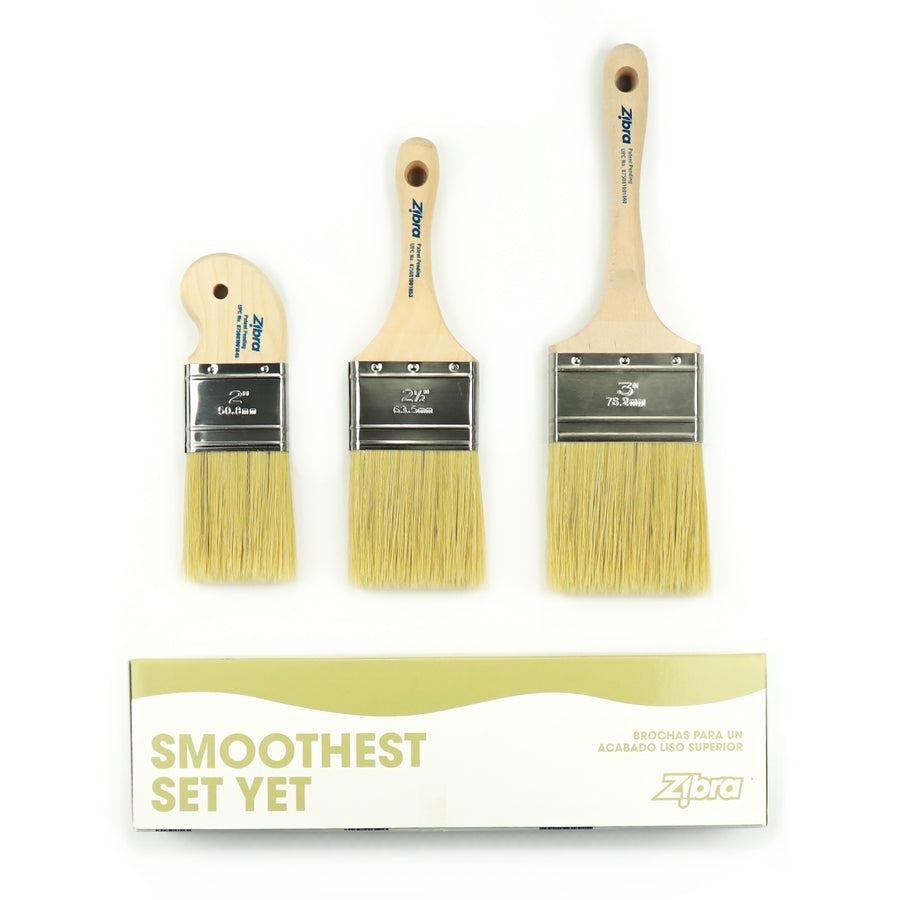
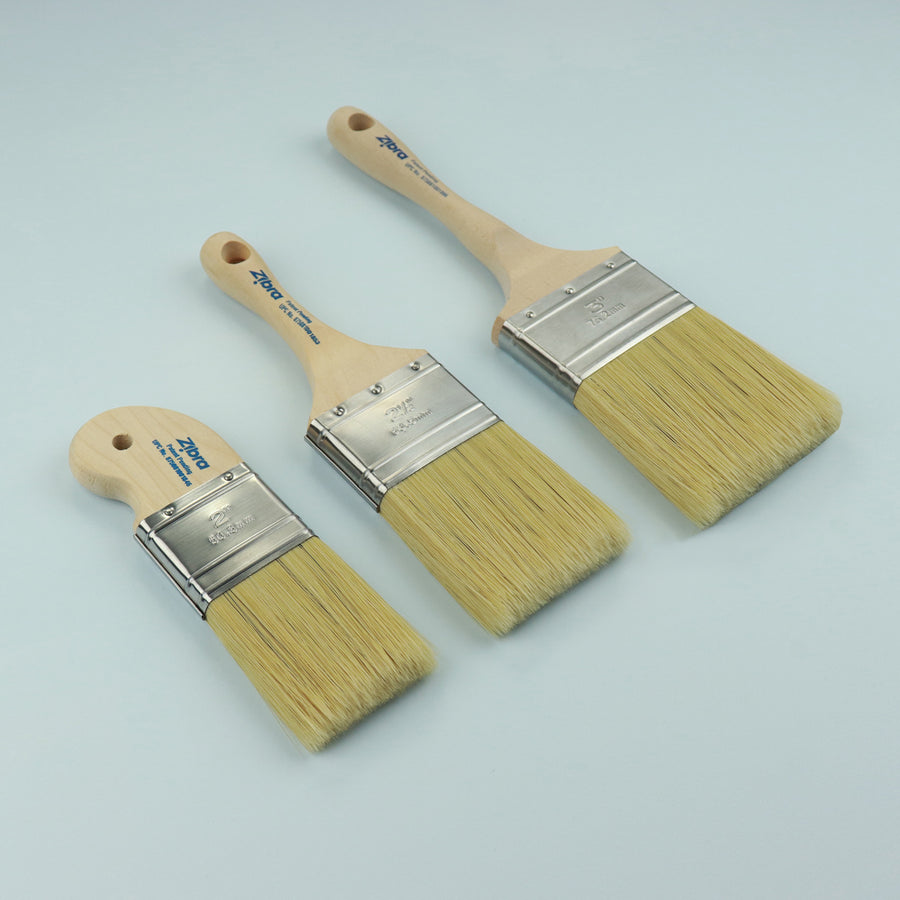
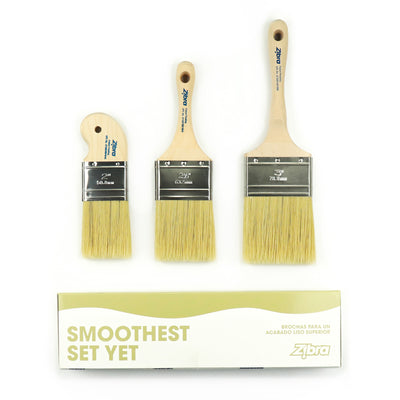
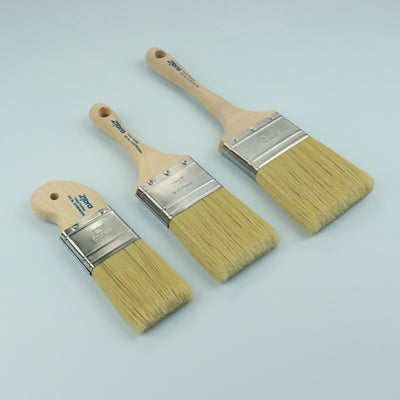
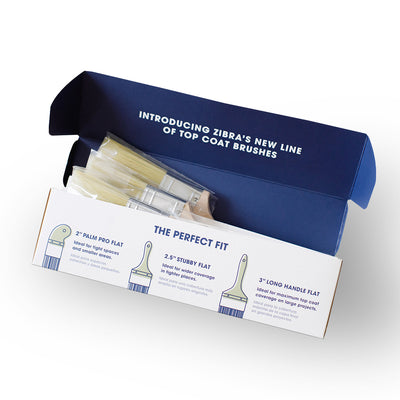
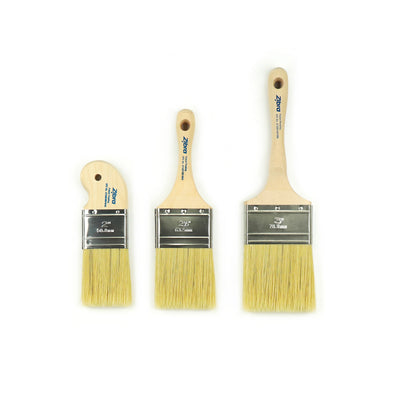
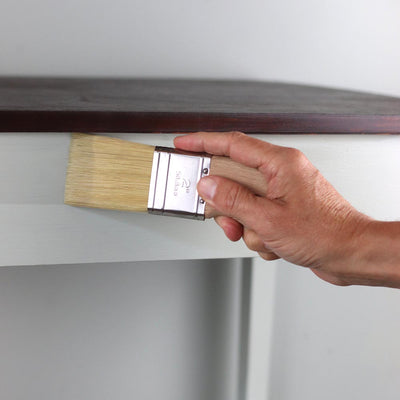
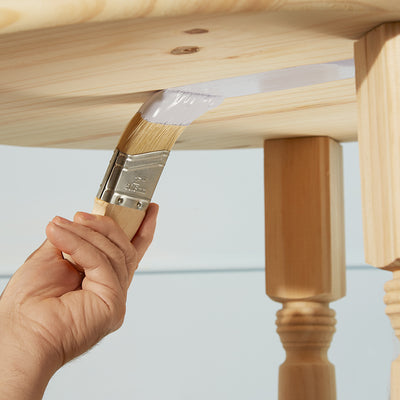
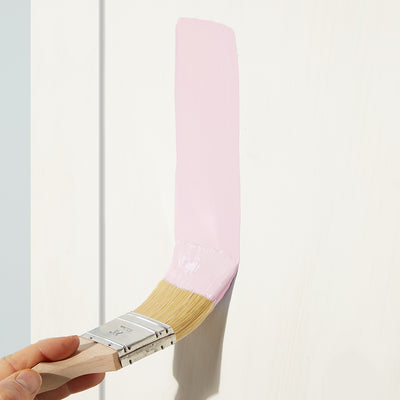
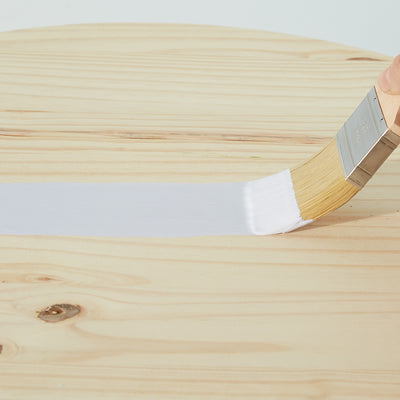
Earn 43 points on this purchase! Learn more
Each brush is engineered and crafted with filaments replicating natural bristles
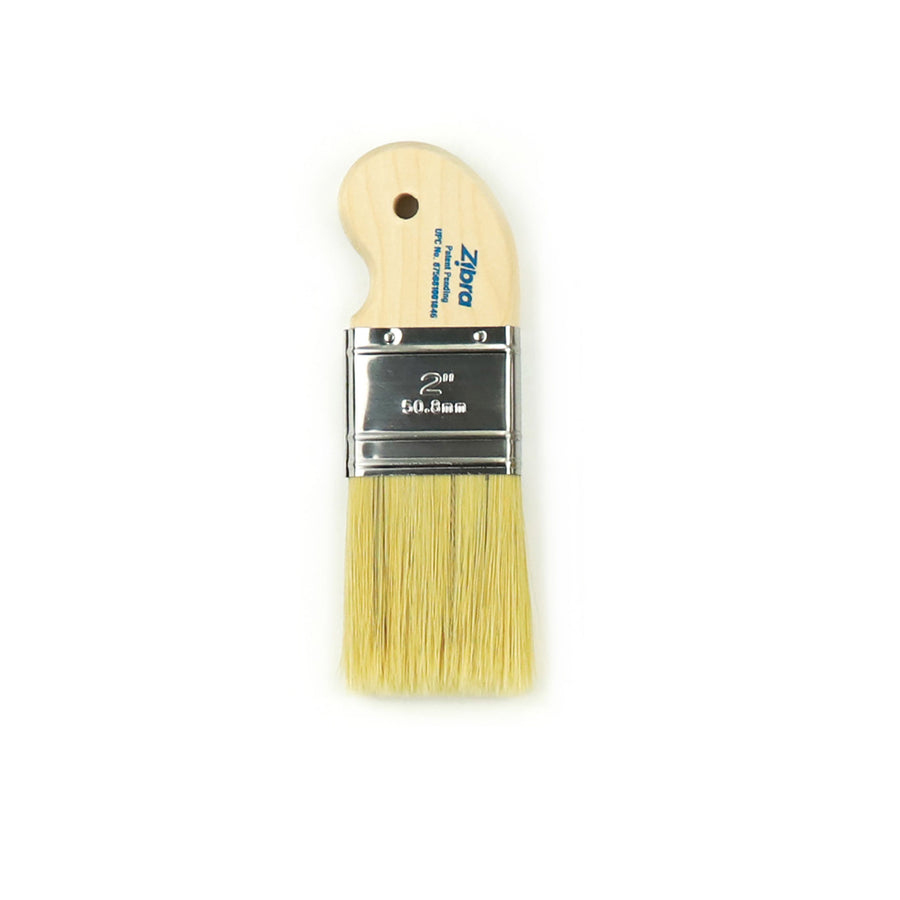
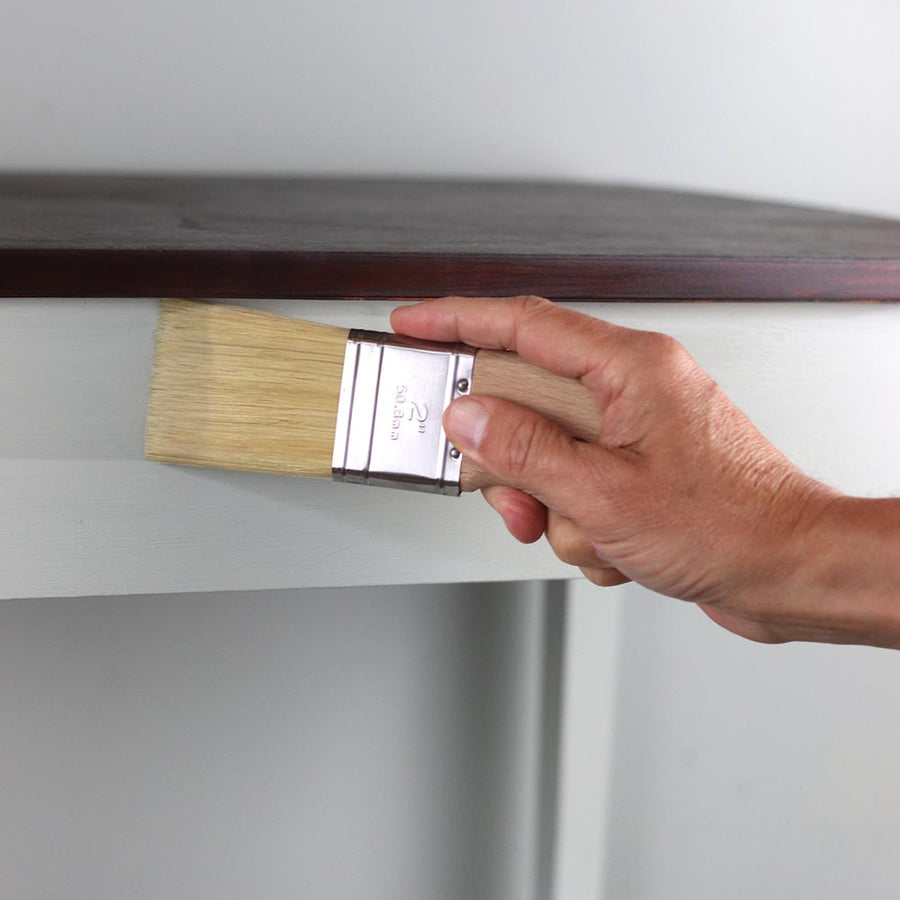
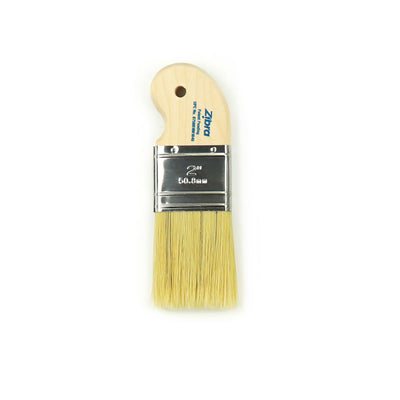
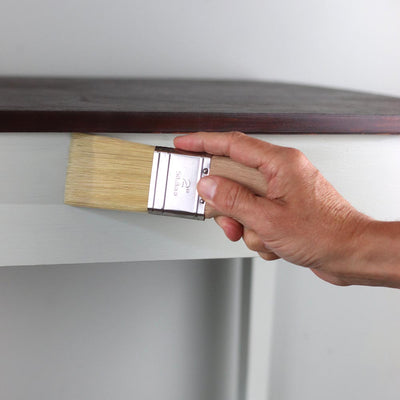
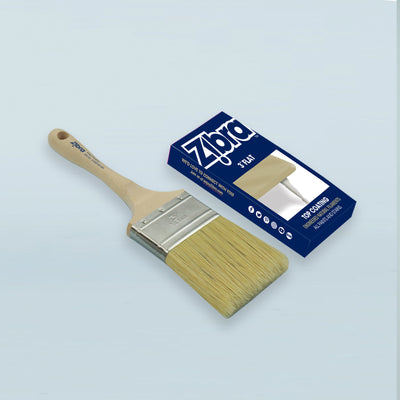
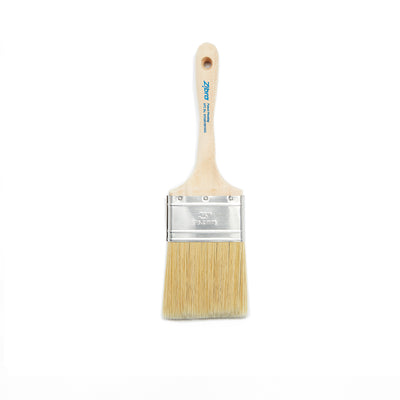
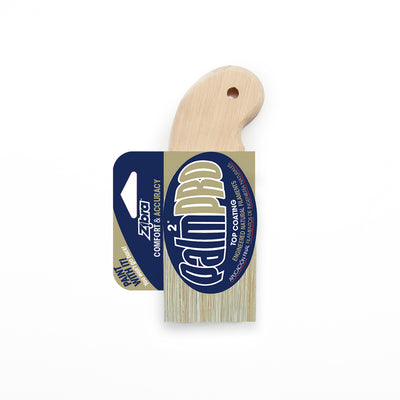
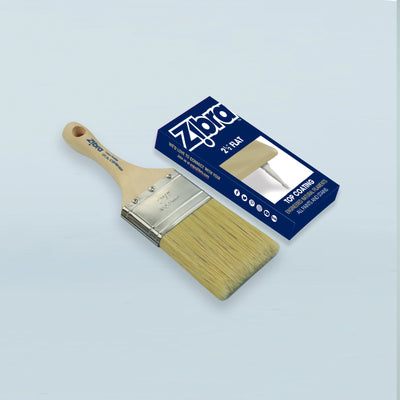
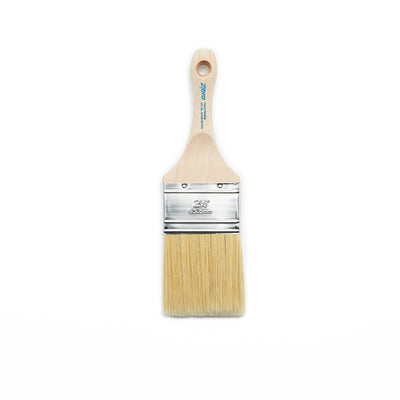
Earn 13 points on this purchase! Learn more
Our Top Coat brushes are engineered and crafted with filaments replicating natural bristles









Earn 11 points on this purchase! Learn more
Large pack out for anything round or cylindrical and any ornate details










Earn 10 points on this purchase! Learn more
Designed to hug unique shapes & crevices in a multitude of different molding styles









Earn 11 points on this purchase! Learn more
Large pack out for anything round or cylindrical and any ornate details
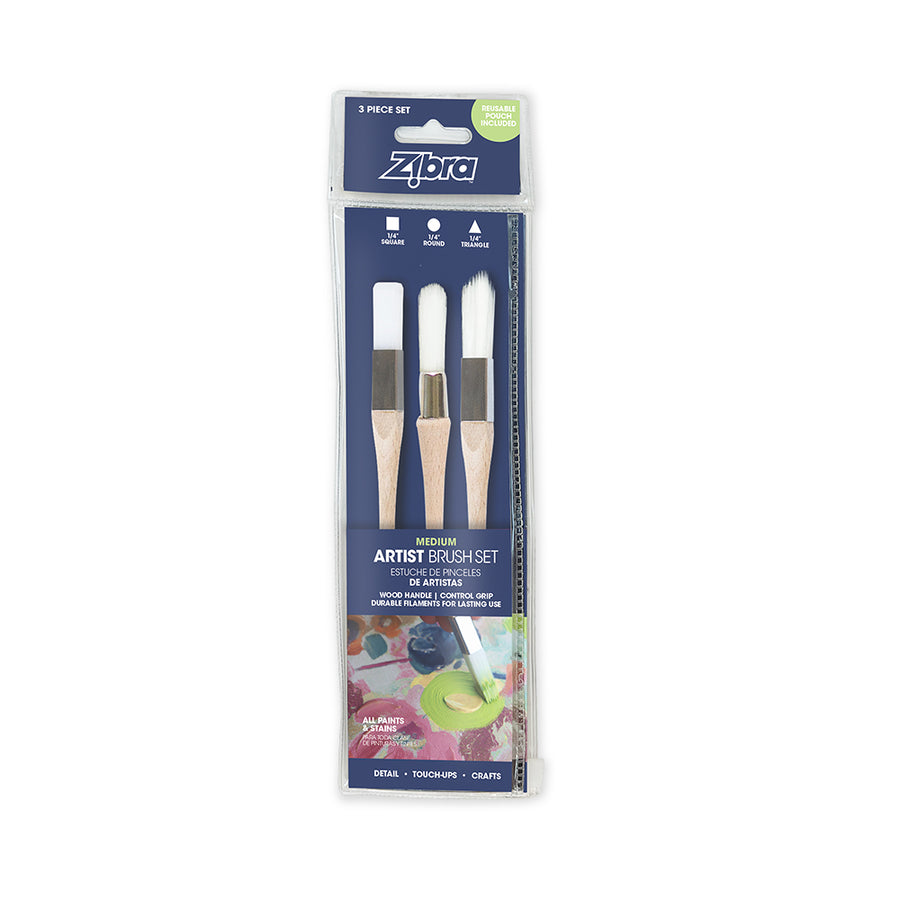
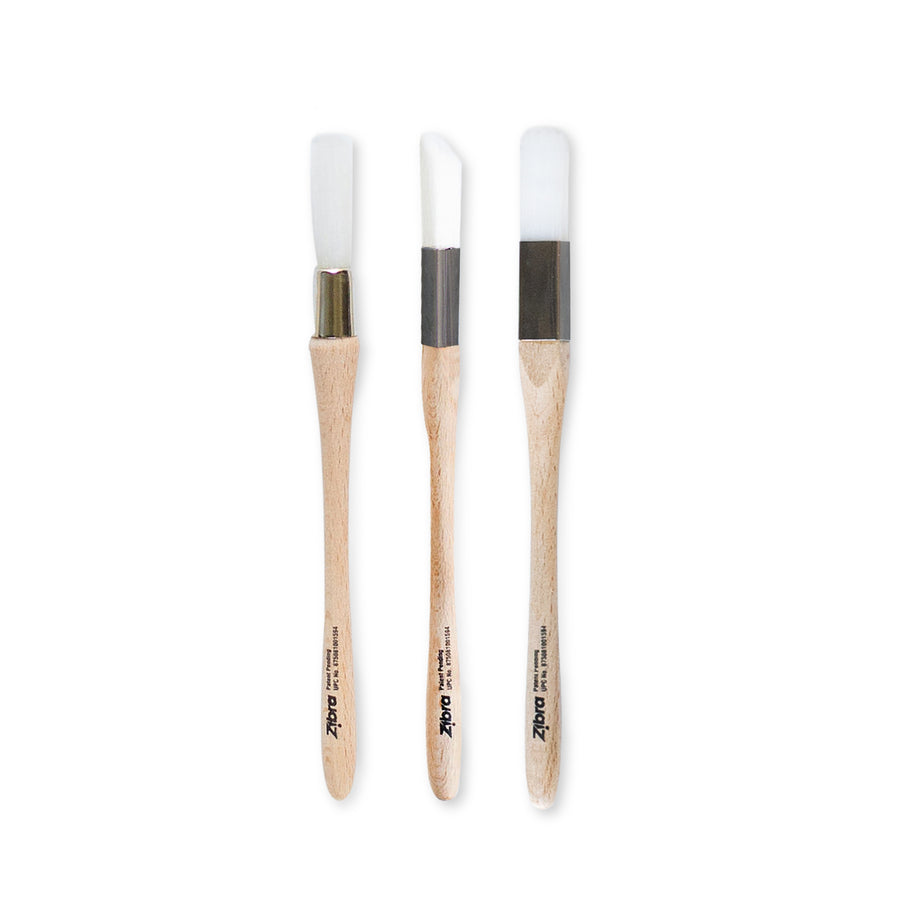
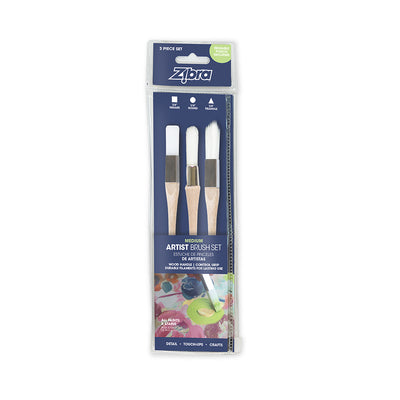
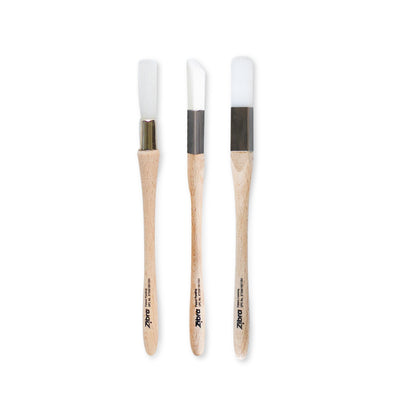
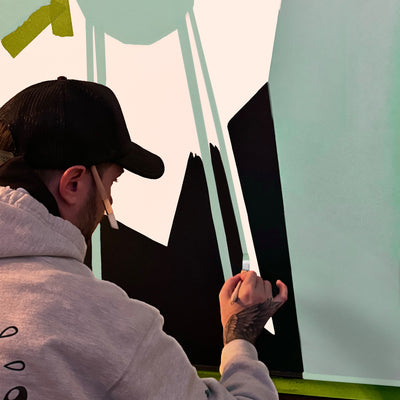
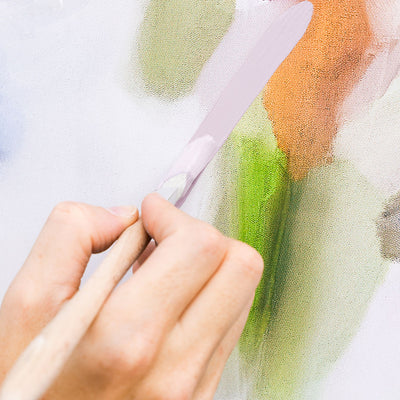
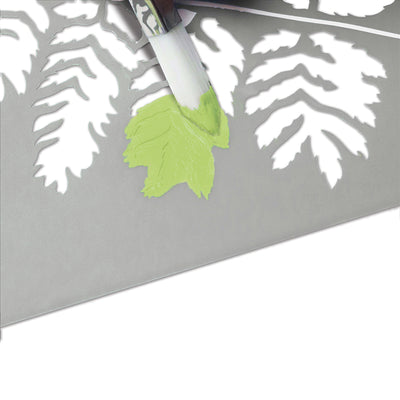
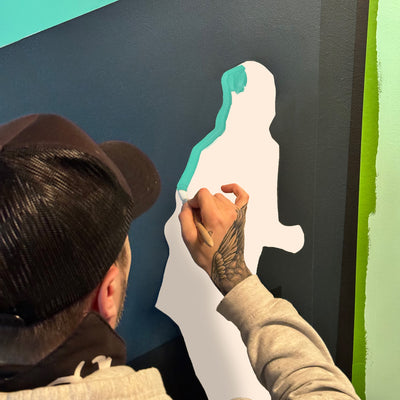
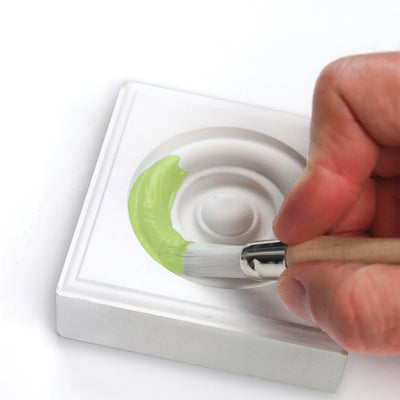
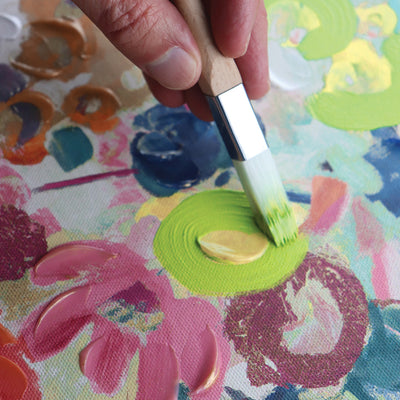
Earn 13 points on this purchase! Learn more
3 piece artist paintbrush set ideal for murals, canvas painting and crafts










Earn 10 points on this purchase! Learn more
Designed to hug unique shapes & crevices in a multitude of different molding styles










Earn 13 points on this purchase! Learn more
3 piece artist paintbrush set ideal for murals, canvas painting and crafts












Earn 13 points on this purchase! Learn more
Combination flat and angled head guarantees maximum paint load for long runs










Earn 13 points on this purchase! Learn more
3 piece artist paintbrush set ideal for murals, canvas painting and crafts
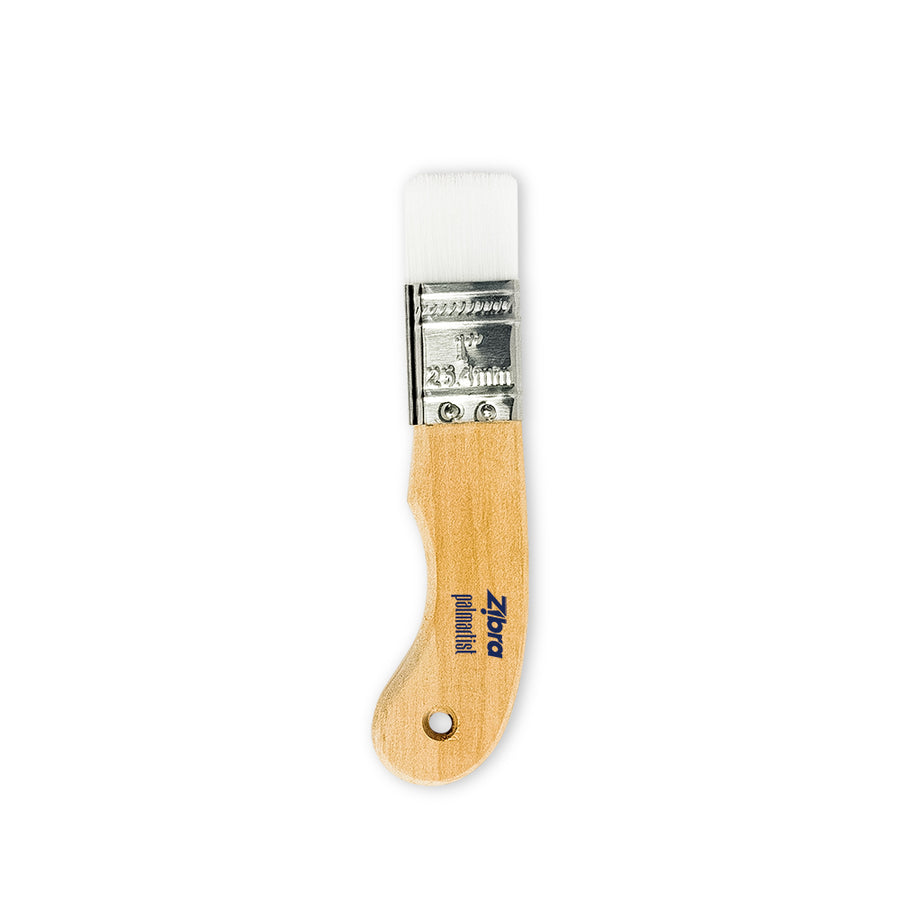
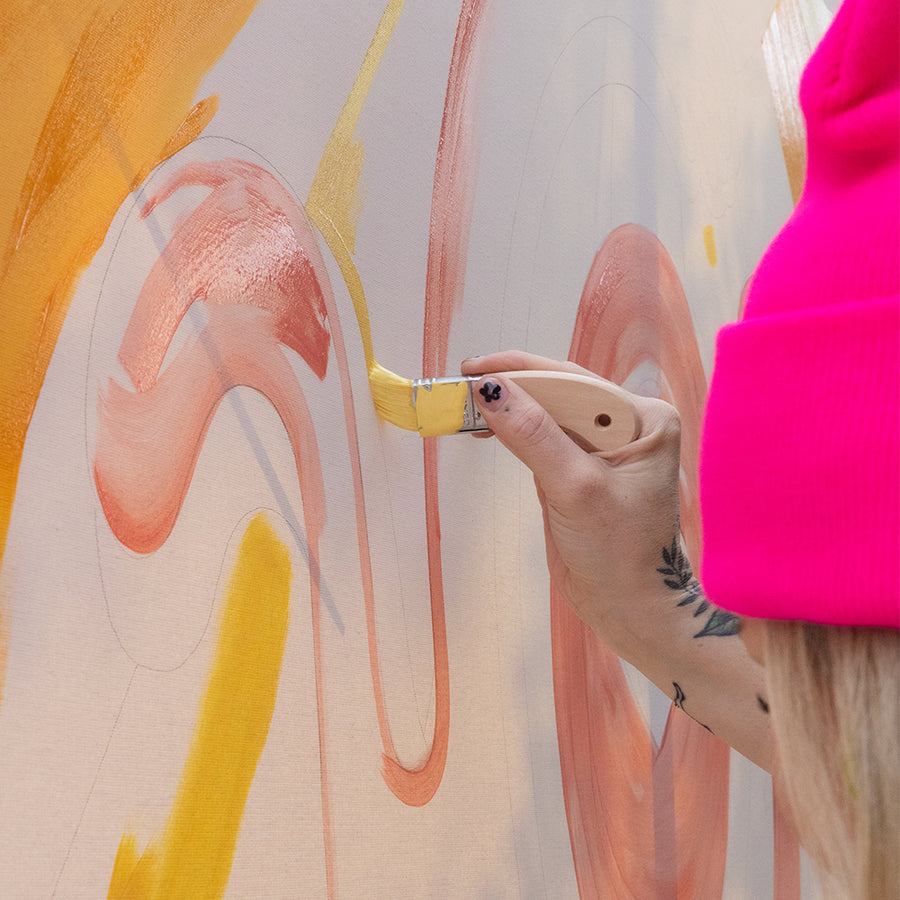
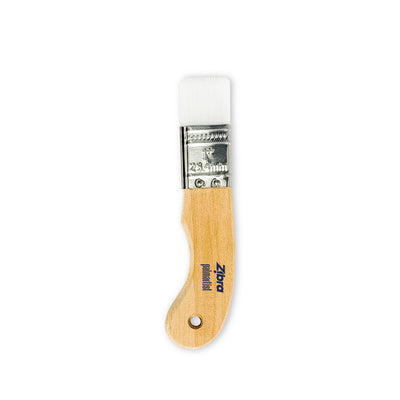
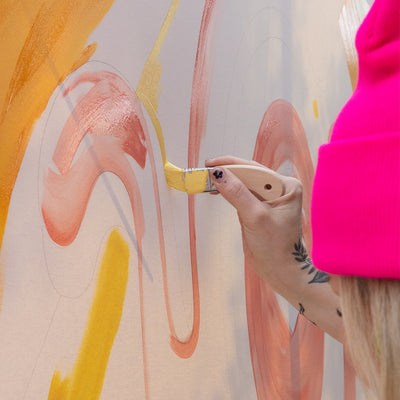
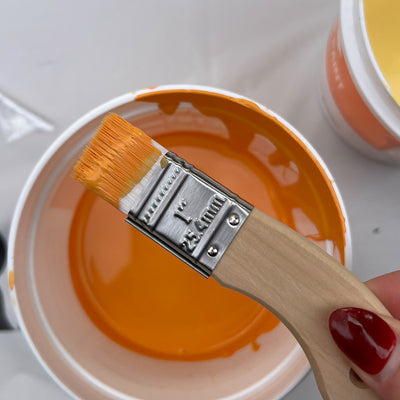
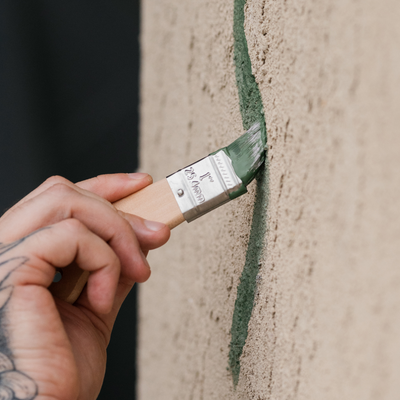
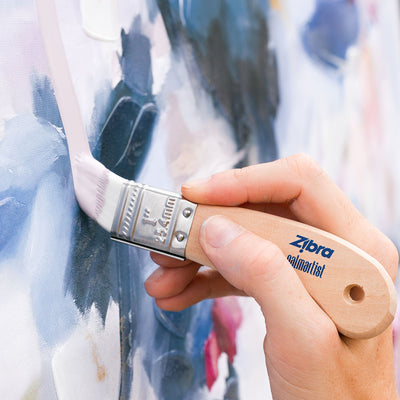
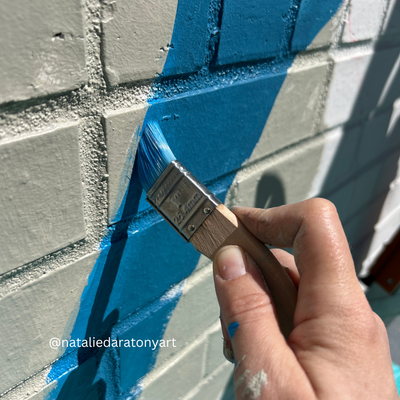
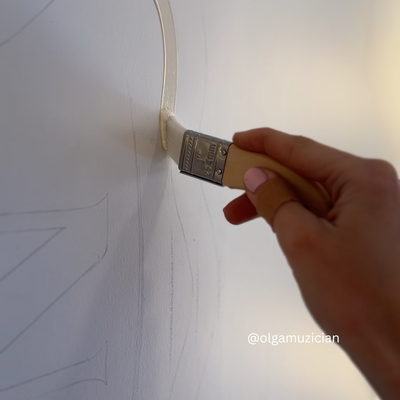
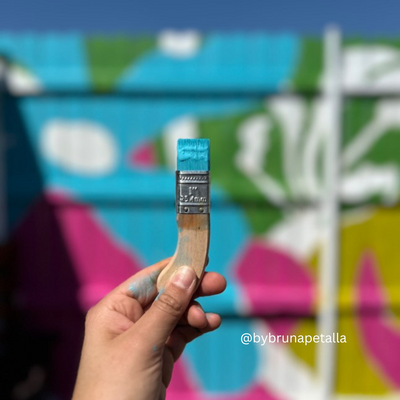
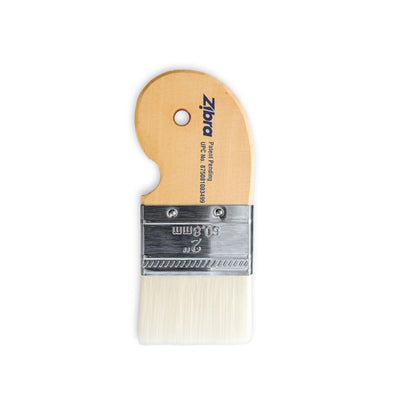



Earn 10 points on this purchase! Learn more
Introducing the latest addition to our Palm Pro family – the Palm Artist Paint brush










Earn 13 points on this purchase! Learn more
3 piece artist paintbrush set ideal for murals, canvas painting and crafts
Get exclusive offers and tips